|
About an hour’s drive of Mount Olivet Cemetery is an old graveyard in the northeast corner of Carroll County, just below the Mason-Dixon Line. This hallowed ground began as the burying location for Zion Union Church, formed in 1760, long before the surrounding town of Manchester came into being. The original log church house is long gone as it served two congregations over its first century of existence—German Reformed and Lutheran. Each group worshiped on alternate Sundays and buried their dead here. New immigrants, many of whom were Germans from Pennsylvania, arrived in the area and caused church membership to grow. This eventually led the two congregations to amicably separate in 1862. The Reformed Congregation became the Trinity Reformed Church, today known as the Trinity United Church of Christ. The present building was begun during the Civil War and completed in June of 1864. Located on the corners of York and Church Streets, the steeple is the highest point in Manchester and appears on the town’s logo. The 700-pound bell within the steeple was purchased at a cost of 55 cents a pound and continues to summon people to worship each Sunday. The sound reverberates out across the many grave monuments that pepper the adjoining landscape. One of these belongs to William A. Stultz and his wife, Edna (Wink) Stultz. The cemetery is filled with Edna’s Wink family relatives boasting stones of various shapes and designs. In contrast, the Stultz’ final resting place is punctuated with a marker about as plain and simple as a memorial monument can possibly be. It’s a footstone including both decedents’ names, but devoid of birth or death dates. This is a true oddity. The Findagrave.com website does, however, remove some of the vital mystery of this grave plot. It provides Edna’s birth year as 1877, and death year as 1948. William A. Stultz’ year of birth is listed as 1876, but no death year is given. I question why no one could find Mr. Stultz’s date of death, because I discovered the event as “front-page news,” being highly publicized, and personally eye-witnessed by hundreds of people. You see, William A. Stultz became the last person executed at the old Frederick County Jail. The building still stands and is just a few blocks away from Mount Olivet on West South Street. Today, this location serves home to the Frederick Rescue Mission, positioned at 419 West South Street. Although William is buried in Manchester, instead of here in Mount Olivet, another individual is proverbially “resting in peace” within our peaceful confines as a result of Stultz’ callous actions. This gentleman was a beloved citizen who worked as one of our early policemen. His name was John Henry Adams. Before I get to “Johnny” Adams, I want to take an opportunity to paint a brief picture of the guilty party who literally “hung his head” through an ill-fated response to law enforcement officers paying a visit to his home at 135 W. 4th Street on August 9th, 1922. William Alexander Stultz was born February 6th, 1876. My research is not definitive, but I believe he was born in the Uniontown/Union Bridge area of Carroll County, MD, the son of William Stultz (a laborer and fence-maker) and wife Ann. After attending local schools in Carroll County, William seemed to follow in his father’s footsteps as a laborer. He would marry Edna Mae Winks on June 15th, 1899 and can be found living on Westminster’s West Main Street in the 1900 US Census. His parents also lived in Carroll County’s “county seat” at this time. Interestingly, our subject (William) is listed as having the profession of that of a bicycle dealer. By 1910, the William A. Stultz family was living in downtown Frederick on W. 4th Street with the addition of two children: Josephine age 7, and Belschner age 6. William’s occupation is shown as that of a plumber and I found several mentions of him being an active member of the Junior Fire Company. Nothing much changed throughout the following decade safe for the occurrence of World War I and the Spanish Flu Pandemic. I found William’s draft registration, but he was too old to be drafted at 42. A city commercial directory shows Stultz as a plumber who worked out of his own home, a fact proved again by the 1920 census. Somewhere along the way, Mr. Stultz became fascinated with “plumbing” of another kind—that of the items used in the making moonshine. Unfortunately, this would wind up being the death of him. That leads us to that fateful day in August of 1922. To set the scene, we should jump back a few months to June of that year. William A. Stultz was arrested for bootlegging and fined $200. In lieu of the fine, our subject opted for a 40-day imprisonment. One week later, an article in the local newspaper provided information that William and wife Edna were living separately, and the couple’s 17-year-old son, Belschner, had been ordered by a local court to live with his mother in Baltimore while his father was serving his sentence. Signs of impending trouble were certainly in the air as Mr. Stultz would be chastised by court officials for apparently encouraging his son to run away from home (to avoid being sent to Baltimore to live with his mom). By my calculations, William A. Stultz would have served out his sentence by mid-July. Once released, it appears that he was understandably in dire straits for money, exemplified by him actually serving time instead of paying the assessed $200/fine. While in jail, however, he had no opportunity to make money through his plumbing business, or in any other way. As bills mounted, so did his troubles. In early August, a civil judgment of $30 was served to Stultz, resulting from him not paying rent for his home at the corner of Bentz and Fourth streets. Refusal, or inability, to pay this fine led to officers being dispatched to take possession of Stultz’ car on the morning of August 9th, 1922. Deputy Sheriffs Charles W. Smith and Allen Bartgis paid a visit to Mr. Stultz and informed him of the reason for their visit. Things did not go as planned, as you can probably guess. My friend, and history mentor, John Asbury succinctly picks up the story from here in his book …And all our Yesterdays: A chronicle of Frederick County, Maryland published in 1997: “Stultz objected strenuously, perhaps because he had three stills in his house and feared a search of his property. He grabbed a shotgun, and opened fire on the deputies, wounding both with buckshot. A call went out immediately to Frederick City Police for assistance. Officers John Henry Adams, Martin J. Walsh, and James P. Painter answered. Adams went to the front door and called out to Stultz. Receiving no answer, he kicked in the door, and he and Walsh entered. Stultz opened fire, hitting Adams in the neck. The officer staggered into the street and fell, mortally wounded. Stultz surrendered an hour later, after several more shots were exchanged.” The front page of the Frederick News shared details of the tragic event and the subsequent arrest of Stultz. In the days and weeks to follow, the papers carried editorials and more details associated with Officer Adams untimely death, funeral, and the plight of his family. Readers also learned of the conviction and steps towards an administration of justice for defendant William A. Stultz. To give a little more background on the victim, John Henry Adams was born on August 3rd, 1874 in Frederick, the son of Henry Andrew Adams and Margaret (Fishbach). He grew up on North Bentz Street and attended local city schools. He can be found in the 1880 US Census living with his widowed mother and siblings on the east side on North Bentz between Sixth and Seventh streets.  MD Union (April 29, 1880) MD Union (April 29, 1880) John's father, Henry Andrew Adams, had died tragically earlier in this year while performing his job. He too was a Frederick City policeman, and only 30 years of age. Apparently he was struck in the back of the head by an assailant who had wrapped a brick in a handkerchief. This info is in our cemetery records but I couldn't locate in newspapers. Our records also state that Henry Adams had suffered with heart disease, and this is given as the true cause of death. Mr. Adams would later succumb to the wounds received from this unfortunate event or the heart disease. Regardless, this loss widowed "Johnny's" mother and took a father away from John and his younger brothers. Henry Andrew Adams was buried in Mount Olivet Cemetery's Area H/216 on April 26th, 1880. This was two days after his death. His grave site boasts a very nice marble monument, that today includes the names of parents (Andrew and Catherine) and son, Charles who died In October, 1881. "Johnny" Adams got married in 1898 and can be found working at the Ox Fibre Brush Company in the 1900 and 1910 US Census records. He performed various jobs, including that as a cutter. John Adams and family were living at 274 W. Fifth Street in Frederick. Before I get back to the tragedy that beset Officer Adams, I wanted to share a small sampling of the many newspaper articles that can be found on him in the local papers of the early 20th century. He appears to have started his career in law enforcement around 1913. On August 10th, the Frederick County Court recalled the federal grand jury to probe the murder of Officer Adams. A day later, large crowds would attend his funeral here at Mount Olivet. Adams was buried in his family plot in Area Q/Lot 177. I found it interesting to learn that Frederick City mayor Lloyd C. Culler and his Board of Aldermen were listed as the party responsible for handling the arrangements for Officer Adams’ service. John H. Adams would be laid to rest in a plot that contained his first wife Anna “Elizabeth” (Biser) Adams (1879-1916), five-month-old daughter Annabelle Biser Adams (1916), and son Leon Henry Adams (1899-1903). The children’s gravesite is marked with a beautiful cherub monument, a popular style that can also be found elsewhere throughout our cemetery as well. At the time of his death, Officer Adams would leave five children and a widow in second wife, Rubie Adams. The town rallied to raise nearly $5,000 to assist this family in need. In the days to follow, it was reported that authorities found three stills belonging to Stultz, and a Grand Jury began a probe which led to a Montgomery County petit jury being recruited to try the defendant for murder. On August 29th (1922), the Frederick News announced that 11 jurors were impaneled to try William A. Stultz at Rockville in what would be a one-day case. A day later, the 46-year-old defendant would be pronounced guilty and sentenced to death by hanging by a three-judge panel consisting of Hammond Urner, Glenn H. Worthington, and Edward C. Peter. The defendant would be removed to the Frederick County jail to await his execution. Throughout September and early October, efforts were made to have Stultz pronounced insane and another included the circulation of a petition to have his death sentence commuted to life imprisonment. Neither strategy worked, and the same can be said with a late October order by Maryland governor Albert C. Ritchie calling for an evaluation of Stultz by the State Lunacy Commission. The death warrant was read to William A. Stultz on October 13th. Defense attorneys held out hope for the chance for a new trial, but this was overruled on November 8th. William A. Stultz fate was cast, and in the early morning of November 10th, 1922, William A. Stultz would become the the last person hanged at the Frederick County Jail. The time was 6:30am. Stultz went to the gallows still blaming everyone but himself for his actions, including the police officers involved. Hundreds of spectators looked on as the former Frederick plumber and resident of W. 4th Street took his last breath. Afterwards, his body was taken to Manchester for burial. Six of the leading players in the court case and hanging are buried in Mount Olivet. These include: Albert Gannon who drove the defendant to Baltimore in an effort to avoid a possible lynching; two of the court justices who handed down the sentence of death in Hammond Urner and Glen Worthington; Stultz's counsel Sherman P. Bowers; Sheriff James Alonza Jones who pulled the lever to open the trap door of the gallows; and States Attorney Aaron Anders whom Stultz blamed for not only Adams' death, but also his own. On January 1st, 1923, a new state law became effective, mandating all executions be conducted at the Baltimore penitentiary. Meanwhile, the Adams family was initially cared for by the community, however, wife Rubie would re-locate to Sykesville in Carroll County, and shortly thereafter brought suit against the family in order to take up her share of the Adams estate. William Stultz’s children were raised into adulthood by their mother, Edna. She would be buried next to William in 1948 completing this sad tale about a plain and lonely grave in Manchester, Maryland. Meanwhile, here in Mount Olivet, the grave space of John Henry Adams was occupied much sooner than it ever should have been. The same could be said for two of John Henry Adams’ sons who would follow him to the grave shortly thereafter with Marshall Earl Adams (1907-1925) and Leon Maynard Adams (1904-1928). Their final resting places are marked by a simplistic footstone, not unlike that of the man who murdered their father, however, vital dates are included. John Henry Adam’s other son, John Quincy Adams (1910-1991), can also be found in Area Q/Lot 177 with his wife Nannie. (Note: Read last week’s “Story in Stone” entitled “Hail to the Chief.”) Officer Adams’ oldest daughter Lulu Ella (1902-1988) can be found in Area FF/Lot 75 with husband Walter Hugh Wills, Sr. His youngest daughter, Margaret Louise (1914-1955), married Harry Lee Wachter and is buried in Area X/Lot 65. Lastly, I found the gravesites of Deputy Sheriff Charles W. Smith (1883-1948) and police partner Allen Spencer Bartgis (1887-1962). These were the deputies who came to impound Stultz’s car. I also located the gravesites of Johnny Adams’ colleagues with the Frederick City Police who accompanied the slain officer on that fateful morning. These were James Pascal Painter (1876-1943), and Martin Joseph Walsh (1880-1935), a native New Yorker also shot by Stultz who would go on to serve as Frederick’s chief of police for seven years. Walsh is not in Mount Olivet, but was laid to rest in an old churchyard much like Stultz—Charlesville’s Old Zion Reformed Cemetery, (today known as Faith United Church of Christ Cemetery) located off Opossumtown Pike. Unlike Officer John H. Adams, these gentlemen were lucky not to come to Mount Olivet (or Zion Reformed) much sooner thanks to the rage that manifested itself in William A. Stultz in early August, 1922.
0 Comments
Presidents’ Day, officially Washington's Birthday, is a holiday in the United States celebrated on the third Monday of February to honor all persons who served in the office of president of the United States. The federal holiday specifically honors George Washington, who led the Continental Army to victory in the American Revolutionary War, presided at the Constitutional Convention of 1787, and was the first president of the United States. From 1879-1971, Washington's Birthday was celebrated on February 22nd. Thanks to the Uniform Monday Holiday Act, it was moved to the third Monday in February, which can occur from February 15 to the 21st. The day eventually also became known as Presidents' Day and is most often an occasion to remember all United States presidents, or to honor Abraham Lincoln's and Washington's birthdays together. Twenty-five years before the first observance of the first Presidents’ holiday, Mount Olivet Cemetery opened its gates to burials. This was late May of 1854, interestingly occurring during the presidency of Franklin Pierce. Mr. Pierce, a New Hampshire native, had started his term in March of 1853, beginning what historians regard as a time of apparent tranquility (1853-1857). The ”presidential” website, Whitehouse.gov, says of our 14th president: “By pursuing the recommendations of southern advisers, Pierce—a New Englander —hoped to ease the divisions that led eventually to Civil War. But his policies, far from preserving calm, hastened the disruption of the Union.” I was intrigued to learn that President Pierce came into office with a heavy heart. Just two months before his inauguration, he and his wife saw their 11 year-old son killed before their very eyes when the train they were traveling on wrecked. Grief-stricken, Pierce entered his term in office “nervously exhausted.” Franklin Pierce was born on November 23rd, 1804 in Hillsboro, New Hampshire in the southern part of the state. Thirty years later, he would marry Jane Means Appleton, a minister’s daughter. Jane Pierce has been described as shy, devoutly religious, and pro-temperance—encouraging Pierce to abstain from alcohol. She was somewhat gaunt, and constantly ill from tuberculosis and psychological ailments. Mrs. Pierce despised politics and especially disliked Washington, DC, creating a tension that would continue throughout Pierce's political rise. Sadly, the Pierces were no strangers to death and cemeteries as all three of their offspring died in childhood. Franklin Jr. (1836) succumbed in infancy, while Frank Robert (1839-1843) passed at the age of four from epidemic typhus. The cruelest blow of all was the fore-mentioned death of Benjamin (1841 –1853) in the train accident. On January 6th, 1853, weeks after his election, the President-elect and his family were traveling from Boston by train when their car derailed and rolled down an embankment near Andover, Massachusetts. Both Franklin and Jane Pierce survived, but their only remaining son, 11-year-old Benjamin, was crushed to death in the wreckage, his body nearly decapitated. Pierce was not able to hide the gruesome sight from his wife. They both suffered severe depression afterward, which likely affected Pierce's performance as president according to historians. Franklin Pierce began his presidency in mourning. When he departed New Hampshire for his inauguration, Jane chose not to accompany him. It has been said that she often wondered if the train accident was divine punishment for her husband's pursuit and acceptance of high office. Mrs. Pierce even wrote a lengthy letter of apology to "Benny" for her failings as a mother. She would avoid social functions for much of her first two years as First Lady, making her public debut in that role to great sympathy at the annual public reception held at the White House on New Year's Day, 1855. Franklin Pierce, then the youngest man ever to be elected president, hailed an era of peace and prosperity at home in his inaugural address, and urged a vigorous assertion of US interests in its foreign relations, including the "eminently important" acquisition of new territories. "The policy of my Administration", said the new president, "will not be deterred by any timid forebodings of evil from expansion." Avoiding the word "slavery", historians believe he emphasized his desire to put the "important subject" to rest, while maintaining a peaceful union. In his inaugural speech, he also alluded to his own personal tragedy, telling the crowd, "You have summoned me in my weakness, you must sustain me by your strength." Leaving office in 1857, the Pierces returned home to New England, and spent the next few years traveling the world. Jane would die of tuberculosis in 1863. As for the former president, his health began to decline in mid-1869 and he resumed heavy drinking despite his deteriorating physical condition. Pierce returned to Concord that September, suffering from severe cirrhosis of the liver, knowing he would not recover. A caretaker was hired on his behalf. In his final days, none of his family members were present. He would die at 4:35 am on Friday, October 8th, 1869, at the age of 64. President Grant declared a day of national mourning, while newspapers across the country carried lengthy front-page stories examining Pierce's colorful and controversial career. Franklin Pierce was interred next to his wife and two of his sons in the Minot enclosure at Concord's Old North Cemetery. Looking back, my first encounter with the name Franklin Pierce was the television show M*A*S*H, the comedy-drama that centered on a group of doctors and their respective support staff during the Korean War. The lead character was lovingly known by his nickname "Hawkeye," but his real name was Capt. Benjamin Franklin Pierce. Here at Mount Olivet, we have three people reposing on our grounds who were named in honor of President Franklin Pierce. The first born of these was Franklin Pierce Benner (1853-1946). He came into this world on January 1st (1853) just five days before the ill-fated train wreck that claimed his presidential namesake's young son. I found Mr. Benner’s obituary in an old paper, and his gravesite is in Area D/Lot 10. I found a second, and third, decedent possessing Franklin Pierce’s name. These are a father and son duo: Franklin Pierce Miller, Sr. (1904-1939) and Franklin Pierce Miller, Jr. (1925-1980). These gentlemen are both buried in Area LL/Lot 197. Mr. Miller, Sr. was taken in the prime of life, as a heart attack apparently felled this popular barber who once practiced his tonsorial trade on N. Market St.  George Washington (1732-1799) George Washington (1732-1799) I read recently that there are plenty of reasons for choosing a particular name for an infant, from honoring a relative to merely liking a sound. In early American history, Puritans often named children after virtues such as Faith, Patience or Hope. They also utilized family surnames as first names. This eventually expanded to include people who did not have a personal relationship with the parents. I’ve always been interested in the naming of children after famous people from history. Typically, this occurs in the form of first and middle name preceding a family surname. A while back, I wondered about the most common "historical personage name" found in Mount Olivet? If you guessed George Washington, you are correct. We have 35 definitive cases. However, our records show a great number of George “W’s,” thus lending cause to the fact that we possibly may have the opportunity for up to 103 such instances. By George, I cannot tell a lie—I really didn’t feel like putting in countless hours researching this angle for an exact final number. “After the Revolution this became a way to honor famous men,” wrote Cleveland K. Evans in the Oxford Handbook of Names and Naming. The author goes on to say, “Presidents like Jefferson and Madison; statesmen like Franklin” and others “provided popular male names.” As far as Mount Olivet is concerned, the earliest born individual named for our first president is George Washington Ent, a veteran the War of 1812. He was appointed as a captain of a company in the 16th Regiment of the Maryland Militia on August 1st, 1814. He also served as captain of the Frederick Town Blues Company of Infantry in the 3rd Regiment of the Maryland Militia from August 24th to September 30th, 1814. Capt. Ent was born on November 29th, 1777 in Germantown, Pennsylvania, located merely six miles from Philadelphia’s Independence Hall. His life’s journey brought him to Frederick and late in life to western Ohio. He died in early 1856 in Cincinnati. Capt. Ent's body was brought back to Frederick and placed in the Ent vault within the new Lutheran Graveyard--once located near the intersection of East Street and E. Church St. extended, today the site of Everedy Square. His remains would be moved to Mount Olivet in 1906 and buried in Area B/Lot 1. In 2014, Ent's burial site finally received a marker as part of a War of 1812 "Home of the Brave" grant project. George Washington Beall was born in mid-April 1801, exactly 16 months after his namesake had died. Beall was part of the prominent family of northwestern Montgomery County. He lived until 1887 and is buried in Area H/370. A familiar name associated with newspapers in Frederick is Delaplaine. Although the spelling on his gravestone differs a bit (likely an error), George Washington Delaplaine was born in 1808 and worked as a miller, as did his brother, Theodore Crist Delaplaine. George's nephew, William T. Delaplaine (1860-1895) was the man who started publishing the Frederick Daily News in 1883. His obit appeared in this publication in April of 1892. He is buried in Mount Olivet’s Area D/Lot 50. This lifelong educator in the public schools and his own church was a resident of Buckeystown. Born February 29th, 1832, George Washington Blessing was a resident of Buckeystown, located within Carrollton Manor, an early land grant that appears in name on the Declaration of Independence thanks to one of Gen. George Washington’s compatriots of 1776, fellow Declaration signer Charles Carroll of Carrollton. Charles grandfather (Charles Carroll) supposedly "purchased" the land from native peoples and had the 10,000 initial tract surveyed in 1723. Speaking of the Declaration, the famed day of Independence, July 4th, was the birthday of George Washington Pole in the year 1821. Mr. Pole was laid to rest in Mount Olivet’s Area E/Lot 83. He was a member of Maryland’s Constitutional Convention of 1867. He died in 1886. Another Carrollton Manor resident with the first and middle names mirroring the moniker of the father of our country is George Washington Padgett. Born in 1812, Padgett was viewed as an outstanding agriculturalist and performed civic duties to his community including a stint as a county commissioner. Mr. Padgett’s final resting place can be found in Area Q/Lot 185. Born in 1817, George Washington Warfield was a successful dry goods merchant who spent most of his career serving customers along the National Pike. His first shop was in New Market, and he later conducted business in Middletown. He eventually went to Keedysville in Washington County. One more “G. W.” to highlight for you is George Washington Thompson who can be found in Area B/Lot 33. Thompson was a Union soldier in the American Civil War. He served as member of Company C in the 1st Maryland Regiment’s Potomac Home Brigade Infantry. This guy is somewhat of a mystery as Findagrave.com claims he died on February 1st, 1863. Meanwhile over on Ancestry.com, I found a military issue headstone order for George Washington Thompson at Mount Olivet stating that the decedent died October 25th, 1864. Our cemetery database gives me a death date for this veteran as 1862. Oh, the joy of genealogical research! In searching old newspapers, I found a marriage announcement for G. W. Thompson from November, 1862. I also learned of the death of a Pvt Thompson of the Potomac Home Brigade earlier that year in February, which would contradict the fact that these were the same person. I'm perplexed and will simply leave this conundrum with a quote from George Washington, himself, "It is better to offer no excuse than a bad one."  In the United States, presidents have long been seen as exemplars of national values, which made their names particularly meaningful, as they were both familiar and carried positive associations. Frank Nuessel, author of The Study of Names: A Guide to the Principles and Topics, says that sometimes a famous person will have “caught the consciousness of the public, and a lot of people name their children after a famous person hoping that by giving them this name they’ll have some of the characteristics of the person.” In a sense, says Nuessel, it’s sort of like “name magic, by using the name of a famous person, that will rub off on their child.” The idea that a name could provide a link between a newborn and a great man continued at least until the mid-20th century. I was a little surprised to find only 10 individuals tied to the name of our beloved 16th president, he of copper penny fame—Abraham Lincoln. We have only two instances of people that used Abraham as a first name with Lincoln as a middle name The remaining eight had Lincoln as a middle name. Other standout presidents, in name only I must add as they come with some baggage, include Andrew Jackson, our 7th president, and Woodrow Wilson (# 28). If there is one piece of useless presidential history I’ve carried with me since childhood, it’s the birthdate of our 13th president, Millard Fillmore. He was born January 7th, 1800. Of course, we share a common birthday as I basically “Know Nothing” more about this president who actually preceded Franklin Pierce. In quickly perusing Fillmore’s biography in Encyclopedia Britannica, Fillmore's presidency is defined by an insistence on federal enforcement of the Fugitive Slave Act of 1850 which ultimately resulted in alienating the North while leading to the destruction of the Whig Party. We have nine people interred in Mount Olivet who were named for this fellow whose life story reads like a classic American "rags to riches" tale. Millard Fillmore was born into a poor family and raised in a log cabin in Cayuga County in upstate New York. The oldest son of nine children, Milliard had little, formal education and would never attend college. However, he overcame his background and rose to the highest office in the land. Millard's first job had him serving as an apprentice for a cloth maker, but he didn't like the work. He taught himself how to read and write and also worked on improving his vocabulary. Eventually, Fillmore was able to get a job clerking for a judge. He took this opportunity to learn the law and, by the age of 23, he had passed the bar exam and opened his own law firm. Millard Fillmore passed on March 8th, 1874 and was laid to rest in Buffalo, New York’s beautiful Forrest Lawn Cemetery.  Millard E Tydings Millard E Tydings I guess if you were giving your kid the name Millard, it likely would have felt sacrilegious not to make his middle name "Fillmore." The only other Millard I can actually think of (off the top of my head) is Millard Tydings, former US congressman and Maryland state legislator from Havre de Grace. The name may be familiar to you as a traveler as it is his name adorning the Interstate 95 bridge over the Susquehanna River at his hometown. I was certain this career politician, who lived from 1890-1961, possessed the middle name of Fillmore, but was miserably mistaken. A quick search of his Wikipedia listing clearly shows his middle name of Evelyn. Go figure—Evelyn. I saved face, however, by finding that Mr. Tydings father was actually named Millard Fillmore Tydings. As for some Millard Fillmores in Mount Olivet, here are a few pictures of a few of their gravestones. Interesting each of the three below have sons (Jr.s) of the same name buried here.  So, I've thus far presented you with representation (and "legacy in name") of six of our former US presidents when it comes to Frederick's Mount Olivet Cemetery. As said earlier, the tradition of naming individuals after presidents cooled in the 1940s with Franklin Delano Roosevelt. We have only one "Truman" in Mount Olivet as a surname. Ironically, this is George Washington Truman (1830-1831). We have four others with Truman as either a first or middle name, but none occurred during, or after, the 33rd president’s stint in office. Had the naming fad stayed popular, I bet World War II "general-turned-president" Dwight D. Eisenhower would have been a highly popular choice. It still may have been, though it's too early to tell—if you know what I mean. At present, we have a few infants born in the post WWII era. One is "Dwight D." here in our Babyland section (1948), and another is Dwight Urner who was the son of WW1 and WW2 veteran Joseph Urner. Mr. Urner came from a prominent family here in town, and was also a noted sculptor. We have three of his works here in Mount Olivet in the form of busts for Roger Brooke Taney, Gov. Thomas Johnson and Professor Amon Burgee. I’m sure "time will tell" (for future interments) as Ike’s presidency was from 1953-1961. No rush at all to any of our cemetery lot-holders possessing this great name. While I’m on President Eisenhower, he will forever be synonymous with Frederick County, Maryland “name lore” as he is responsible for renaming the presidential retreat on Catoctin Mountain near Thurmont originally known as “Shangri-La.” He thought the name was a little too fancy for an old farm boy and career soldier from Nebraska, so he named it after one of his grandsons—David. A rare name, Eisenhower, does appear in the form of an un-anglicized German original spelling within Mount Olivet as Eisenhauer. Older residents certainly remember Eisenhauers store in downtown Frederick operated by some members of this family, although founder John Eisenhauer is buried in St. Johns Catholic Cemetery. Here in Mount Olivet, we have later generations in Joseph Francis Eisenhauer, Jr., a longtime employee of the Ox Fibre Company, and son Joseph "Joe" Francis Eisenhauer, III (1901-1976), a columnist and veteran writer for the Frederick News-Post in the fifties and sixties and seventies. We are bound to one day see John Fitzgerald Kennedy’s name in some form, but I doubt there will be a Lyndon Johnson, Richard Nixon or Jimmy Carter—although the latter is regarded as one of the weakest presidents, no one can argue that he is one of the finest fellow humans our country has ever had based on his continuous humanitarian and charity work. We also may see a spike in "Ronald Reagans," but I think the fad ends there in the modern era with the possible exceptions of some "Baracks." In closing, I’d like to salute all our presidents up through FDR, with a namesake found in Mount Olivet. Happy Presidents’ Day and I hope you include in your thoughts our 13th and 14th presidents along with the usual cool kids such as Washington, Jefferson, Lincoln, etc. I will leave you with this sampling I'd like to call the "Mount Olivet Hall of Presidents."  William Shakespeare (1564-1616) William Shakespeare (1564-1616) With two kids currently in high school, and two freshly out in college, I’ve been reminded of the English literature that I read for grade school and college myself, many moons ago. I don’t know why I have not chosen to further explore, or re-read, the writings of William Shakespeare, Geoffrey Chaucer or John Milton over the last 30 years on my own volition, but I just haven’t unless asked to help my boys with an English assignment here or there. I must confess, I was eerily inspired to read a certain work of Eric Blair this past summer, which I did on the pleasurable confines of the Delaware seashore. Perhaps, it was simply a nostalgic sojourn back to the year I actually read this work of the same title, or maybe I just wanted to get a glimpse of the future ahead😉 Speaking of English writers and the future ahead, Valentine's Day, as mentioned in William Shakespeare’s Hamlet, is just a few days away as I publish this on February 12th, 2022. In particular it was mentioned regrettably by the Danish noblewoman Ophelia in William Shakespeare's Hamlet. "To-morrow is Saint Valentine's day, All in the morning betime, And I a maid at your window, To be your Valentine. Then up he rose, and donn'd his clothes, And dupp'd the chamber-door; Let in the maid, that out a maid Never departed more." William Shakespeare wrote this passage around the year 1600, which can be found in Hamlet, Act IV, Scene 5. I was curious of how, and why Valentine's Day came about, as Shakespeare helps date the “over-commercialized” holiday of love we celebrate today. And yes, you are in the right blog, as my trigger lies in the fact that we have many buried here in Mount Olivet with the name Valentine. Wikipedia is a simple stop for shedding a basic light on what we are talking about with Valentine’s Day, but from today’s perspective. “Also called Saint Valentine's Day or the Feast of Saint Valentine, this holiday is celebrated annually on February 14. It originated as a Christian feast day honoring one or two early Christian martyrs named Saint Valentine and, through later folk traditions, has become a significant cultural, religious, and commercial celebration of romance and love in many regions of the world. There are a number of martyrdom stories associated with various Valentines connected to February 14, including an account of the imprisonment of Saint Valentine of Rome for ministering to Christians persecuted under the Roman Empire in the third century. According to an early tradition, Saint Valentine restored sight to the blind daughter of his jailer. Numerous later additions to the legend have better related it to the theme of love: an 18th-century embellishment to the legend claims he wrote the jailer's daughter a letter signed "Your Valentine" as a farewell before his execution; another addition posits that Saint Valentine performed weddings for Christian soldiers who were forbidden to marry. The Feast of Saint Valentine was established by Pope Gelasius I in AD 496 to be celebrated on February 14 in honor of Saint Valentine of Rome, who died on that date in AD 269. The day became associated with romantic love in the 14th and 15th centuries when notions of courtly love flourished, apparently by association with the "lovebirds" of early spring. In 18th-century England, it grew into an occasion in which couples expressed their love for each other by presenting flowers, offering confectionery, and sending greeting cards (known as "valentines"). Valentine's Day symbols that are used today include the heart-shaped outline, doves, and the figure of the winged Cupid. Since the 19th century, handwritten valentines have given way to mass-produced greeting cards.” Hopefully that served as a fruitful public service, or refresher course for you, as it did me. I currently don’t have any FaceBook friends or acquaintances with the first name of Valentine, however I did have an old high school friend whose father held the name. As said earlier, the Christian name is something that can be found on numerous stones in Mount Olivet Cemetery. Valentine is a well-known last name from early Frederick history, found more prominently in the northern reaches of the county as a moniker of German immigrants. I have seen stones with this surname in cemeteries in, and around, Thurmont, with particular prevalence at the Moravian graveyard at Graceham, which dates back to colonial times. Down here in Frederick's Mount Olivet Cemetery, we only have two individuals with this surname, and this is more of a recent occurrence, as the first of these two decedents’ passings dates back to the year of my high school graduation (1985). However, the inurnment of this individual's ashes (cremated remains) would not happen until June, 2018. Richard Alvin Valentine (1923-1985) can be found in a wall crypt within our Chapel Mausoleum.  Genny Valentine Genny Valentine The second Valentine (as a last name) to be interred here in Mount Olivet is Genevieve (Genny) Marguerite Valentine, loving wife of Franklin Leroy Valentine, Jr. for 46 years. Fittingly, Mrs. Valentine was a resident of Thurmont before her death on September 17th, 2020. Born on July 13, 1941, in Frederick County, Maryland, she was the daughter of the late Andrew W. Altman and the late Lula M. Altman (Wiles). From her obituary, we learn that Genny worked early in her career for Price Electric/Airpax as an Executive Secretary and later a combination of secretary/buyer. Later, she worked for the federal government, first with the US Department of Energy and eventually retired from the National Oceanic and Atmospheric Administration as an accounting tech. Mrs. Valentine was a lifelong member of the Evangelical Lutheran Church, in Frederick and was a very organized person and took pride in her attention to detail in everything she touched. She enjoyed the times spent with her husband traveling across the United States and the fun rides in the Corvette. She loved to try out new recipes. She never took short cuts and always cooked from scratch; she was one of the best cooks ever. Genny spent many hours tending to her vegetable garden, flower garden and shrubs. She also canned both fruits and vegetables so that she and her husband could enjoy later in the season. But she especially cherished loving, spoiling and taking care of her dear little buddy, “Teddy Bear,” a cute and sweet Tibetian Spaniel. She always made sure he got to "go for rides" like he always loved to...even if it meant making up an on-the-spot reason for doing so. Genny was a great wife, friend, soulmate and a very private person who will be missed deeply and remembered always for her kind, loving, generous spirit. I was tickled to learn that Genny’s beloved dog “Teddy Bear” is buried in our Faithful Friends Pet Cemetery area located behind our mausoleum complex, not far from her gravesite. Finding we had two individuals and one pet with the last name of Valentine, I decided to search instances of Valentine as a middle name. Here, I discovered ten Valentines. These include the following, which I’ve decide to illustrate as a gallery. (Move mouse over thumbnails for caption info) There may be additional folks in Mount Olivet with Valentine as a middle name as we may not have them recorded as such in our records. This brings me to Valentine as used as a first name. I found 13 instances within Mount Olivet, however, I admit, there could be a few more as I can’t search our cemetery database by first name only. I could only accomplish this through the Findagrave site (wwwfindagrave.com). Our Friends of Mount Olivet membership group has been working to add to the amazing work of FindaGrave volunteers who have recorded our cemetery’s holdings on the popular internet offering as it only contains only 88% of our known interments. I learned that some of these Valentines are related to some of the "middle-name Valentines" mentioned above. The same family links holds true to some of the Valentines possessing this first name as well. In one particular case, I have three gentlemen who hold the name of Valentine Brunner. I’d like to give these individuals special focus before naming the remaining ten others. Valentine Brunner The earliest born “Valentine” buried within Mount Olivet is one Valentine Brunner born April 3rd, 1758. This gentleman has a memorial page on our MountOlivetVets.com site as he was a soldier in the American Revolution. In particular, Valentine served in the rank of Captain in Peter Mantz's Company of the Maryland Militia. As far as Valentine’s patriotic service to our “new” country, he is listed as having been an “Associator” in December 1775. He enlisted as Private, on July 1st, 1776 for six months. He took the Oath of Allegiance, in 1778 and eventually received a pension for his service. Not much more can be gleaned of his life outside of the obvious fact that he was related to one of Frederick’s earliest families—the Brunners of Schifferstadt, Ludwigshafen, Rheinland-Pfalz, Germany. He was the son of Heinrich (Henry) Brunner (1715-1775) and wife Mary Magdalena Sellars (1718-1775). Valentine married Elizabeth Bohrer in 1803 and his last known home was located in the first block of E. Patrick Street. Valentine’s dad came to America with family members including his father Joseph Brunner (1678-1753). They landed in Pennsylvania in 1729. According to German Reformed records, the Brunner family was known to be living in Lancaster (PA) at first but would migrate south to the Monocacy Valley of Maryland by the year 1736. Over a decade later, Frederick Town was founded and one year after, Henry and brothers Jacob and John, joined their father in purchasing land within the larger Tasker’s Chance tract from owner (and Frederick founder) Daniel Dulany. The Brunners would own tracts on Carroll Creek to the northwest of the earliest iteration of Frederick Town proper. Joseph would eventually deed his land named “Schifferstadt” to his youngest son, Elias, who would build the famed stone house of the same name which exists today as an agricultural museum. Getting back to Shakespeare and asking his age-old question, “What’s in a name?,” I hypothesize that Valentine Brunner was named after a paternal uncle who died in Germany sometime around or before 1723. Frederick diarist Jacob Engelbrecht makes mention of Valentine a few times in his celebrated diary, written between 1819-1878. Valentine was one of a handful of Revolutionary War veterans who were honored at a 4th of July celebration held in Peter Fout’s woods in 1838. Almost three years later to the day, Jacob Engelbrect would pen this entry on June 29th, 1841: “Died this morning between 12 & 1 o’clock in the 84th year of his age Mr. Valentine Brunner, an old citizen of our town. He will be buried tomorrow on the German Reformed Graveyard in somewhat military style, being an old Revolutionary soldier.” Interestingly, Engelbrecht makes a later note stating that Valentine was born April 3, 1758 thus making him 83 years, 2 months and 26 days at the time of his death. Valentine and wife Elizabeth (who died in 1854) were removed to Mount Olivet Cemetery shortly after its opening in 1854. They were placed in Area E/Lot 207 on January 19th, 1856. Just a few feet away is the final resting place of Valentine Johann Brunner and wife Susannah (Bohrer) Brunner (1799-1884). Many would assume him to be the son of the fore-mentioned Valentine, but this is not the case. I sure got my genealogical fix when I went to connect the dots. Our cemetery records clearly state that he was born on August 28th, 1797, son of Jacob Brunner (1760-1822) and wife Mary Magdeline Schneider. Jacob was a second cousin, once removed, from Valentine, the Revolutionary War soldier we just talked about, having descended from father Peter Brunner and grandfather, John Jacob Brunner (1703-1783) the immigrant from Germany who was a brother of Henry Brunner (the Rev War soldier’s dad). I then attempted to link both the wives of these Valentine Brunners as they share the same maiden name of Bohrer, later anglicized to Boyer in some instances. I was unsuccessful in finding them as sisters, which seems unlikely because of a 25-year age gap between them, however I strongly believe they were cousins. Valentine J. Brunner was a businessman, who at one point kept a shop near the intersection of N. Market and E. Church streets. I found a number of tidbits about this Valentine J. Brunner thanks to Jacob Engelbrecht’s diary. Since they were roughly the same age, I assume the two gentlemen had been friends since childhood. We can spot a glimmer of Valentine’s sense of humor thanks to a guest inscription Engelbrecht allowed him to make in the diary in his own hand and dated September 19th, 1833: “Married in Scott County, Kentucky on the 17th instant by the Reverend Barton W. Stone. Mr. Lewis Ramsburgh to Miss Susan B. D. Briscoe. So that friend Lewis went all the way to Kentucky to get himself a ‘rib’.” Jacob Engelbrecht records Valentine as serving as a member and one of the directors of the Young Men’s Bible Society of Frederick City (1821 and 1824), one of the first depositors and directors in the Frederick Town Savings Institution (1831), Senior Director of the Independent Hose Company (1834), unsuccessful candidate for the Frederick Common Council (1837). Engelbrecht recorded his friend’s premature death on Friday, November 3, 1837 at 5 o’clock PM: “Died about an hour ago in the 41st year of his age, Mr. Valentine J. Brunner of our town, son of the late Mr. Jacob Brunner of Bentztown. Buried on the German Reformed graveyard. Born August 20th, 1797. Aged 40- years, 2 months and 14 days.” A final diary entry by Jacob Engelbrecht described the sale of the family home: “The Reverend John L. Pitts bought this day at publick sale the two-story brick house & storeroom, the property of the late Valentine J. Brunner, next to the corner of Church Street, in Market Street, for two-thousand, three-hundred and five dollars." Saturday, January 19th, 1839 The grueling exercise in genealogy for Valentine John Brunner certainly helped me sleuth a third Valentine Brunner buried in Mount Olivet, while inadvertently leading me to one more through a middle name. I had clearly missed this while compiling my collection of 13 earlier in this story. Shame on me, as I missed John Valentine Brunner (1792-1844). This Mount Olivet resident is the younger brother of Valentine J. Brunner, and was commonly referred to as “John of J. Valentine Brunner”--the “J” of course denoting the brothers’ father Jacob Brunner (1760-1822). This is the name also inscribed on his ledger style tombstone in Mount Olivet’s Area E/Lot 90. I quickly recalled my past experience with “John of J. Valentine Brunner” as one of our collection of War of 1812 veterans. Back in 2014, we had a few commemorations here at the cemetery for the 200th anniversary of the confusing “Second War for American Independence.” This conflict, however, has lasting importance for Mount Olivet as it made a household name out of Francis Scott Key thanks to his attendance at the Battle of Baltimore in September of 1814. Also in 2014, Mount Olivet published a book during the anniversary year entitled Frederick’s Other City: War of 1812 Veterans which features biographies on our known 108 veterans of that conflict. John of J. Valentine Brunner, or simply “John Brunner” as we identified him, was one of these veterans. Here’s a portion of that bio: "Third sergeant John Brunner served under Captain John Brengle from August 25th to September 19th, 1814 in the 1st Regiment, Maryland Militia. This company served at the entrenchments of the Battle of North Point in Baltimore. Afterwards, they were discharged there in Baltimore and welcomed back home as the heroic defenders." John Brunner got married in 1816 to Anna Maria Stickel (b.1794), daughter of Valentine and Catherine Stickel. The couple would have three children, the first of which was named Valentine Stickel Brunner after his maternal grandfather. The other two children included Mary Ann Elizabeth (1820-1887) would one day marry prominent Frederictonian Louis Markell, and Lewis Augustus Brunner (1823-1886) who moved to Sandusky, Ohio and had a successful career as a newspaper publisher at that place. Mrs. Brunner would die in 1829 and was laid to rest in the same German Reformed Burying ground where Valentine Brunner and Valentine J(ohn) Bruner were buried in 1837 and 1841 respectively. John Brunner of J would marry again and have two additional children (Caroline and Ellen) with Sophia Doll. John Brunner died on April 12th, 1844 and was buried beside his first wife in the German Reformed Graveyard. They would both be re-interred to Mount Olivet on June 3rd, 1858. Second wife Sophia died in 1868 and was also buried here in this lot (Area E/Lot 90). Valentine Stickel Brunner was born May 20th, 1818 in Frederick. He would marry Margaret M. Pyfer (1817-1910) on March 8th, 1853. The couple would have two children: Frances Markell Brunner (1854-1857) and Virginia Brunner (1855-1911). They would take up residence on the south side of E. Patrick Street next to the old site of the Quynn home and hardware store. In 1852, Valentine Stickel Brunner purchased Col. Alexander B. Hanson’s Grocery and Commission Store at the Frederick Railroad Depot on Carroll Street. Four years later, he and partner Lewis V. Scholl bought the depot warehouses from Lewis Birely for $5000. The 1859-60 Williams' Frederick Directory/City Guide lists Valentine S. Brunner as a Commission Agent and Forwarding and Wholesale Liquor Dealer. In 1859, Valentine S. Brunner bought a two-story brick house on E. Patrick Street from Col. Hanson for $ 4500. This was located at the address today known as 14 E. Patrick Street, site of the Serendipity Market. Valentine became well-known in town as the local agent for Adams Express Company here. A little background on this forerunner of modern shipping companies like UPS and Fed Ex could be found online: In 1839, Alvin Adams, a produce merchant ruined by the Panic of 1837, began carrying letters, small packages and valuables for patrons between Boston and Worcester, Massachusetts. He had at first a partner named Burke, who soon withdrew, and as Adams & Company, Adams rapidly extended his territory to New York City, Philadelphia and other eastern cities. By 1847, he had penetrated deeply into the South, and by 1850 he was shipping by rail and stagecoach to St. Louis. In 1855, the company was reorganized as the Adams Express Company. By the time the Civil War started in 1861, Adams had operations throughout the American South, operating as Southern Express, led by Henry B. Plant. The company served as paymaster for both the Union and Confederate sides. Mr. Brunner successfully weathered the American Civil War and continued in business for the next few decades until his death on December 8th, 1889. His obituary appeared in the Daily News, among other papers in the region. Of additional interest, he was serving as president on Mount Olivet's Board of Directors and was also president of the Emmitsburg Turnpike's Board of Directors at the time of his death. Valentine Stickel Brunner was buried in Area E/Lot 90, a few feet away from his parents. His grave is adorned with a large monument that proudly displays his “lovely” first name. Now for the best of the rest, ten more individuals who wore the Valentine first name when they were among the living: So, there you have it—one can find Valentines throughout Mount Olivet Cemetery, 365 days a year. I hope you enjoyed this research jaunt, but a word to all you guys out there in need of a last minute gift for your respective sweethearts: Do NOT simply forward this “Story in Stone” to your better half (or crush), or entertain bringing them for a romantic walk/drive around the cemetery to view these grave sites in person! Flowers, chocolates and clever Hallmark cards will undoubtedly be far more effective.
Happy Valentine's Day, one and all, and thanks for your continued support of this humble blog, and our ongoing preservation efforts at Frederick's historic Mount Olivet Cemetery. Love to all of you! This week’s episode is truly “A Story in Stone.” I have the unique job of researching and writing based on the premise of seeking out funerary monuments and markers in an effort to explore and explain the lives of past people, places and events. One experiences a special sense of contextual wonderment when encountering the actual gravestone of a gravestone maker. I’m talking about a “maker’s” personal monument over his own “final resting place.” It makes you question whether or not the mason formed his own stone before death, or if it was designed and crafted by an underling or colleague? Here in Mount Olivet, we have plenty of men involved in this trade buried within our cemetery, surrounded by specimens of their talent, sweat and toil. You generally have to go back in time to find such gifted craftsman, folks who carved slabs of granite and marble with the tools of the trade in order to make both standard tombstones and ornate works of art with sculptured human figures and iconic Victorian Era symbols such as crosses, urns, flowers and columns. Today, most stones are machine made with extreme accuracy. I hope to share more about this earlier trade and its local masters buried here, possessing names such as Lough, Baker and Sifford. A few years back, I was abruptly introduced to a former monument maker whom I was completely unfamiliar with. The event happened back in spring 2020, while I was taking pictures in the cemetery’s Area T for another story I was writing about a World War I soldier. A gentleman parked on a nearby lane and actually tracked me down. This was Mike Schaden, a retired local veterinarian, who (with his staff) cared for countless beloved pets for decades from the confines of his office on Opossumtown Pike, located on a bluff overlooking scenic US15 and my alma mater Thomas Johnson High School to the east. Schaden’s father was a veterinarian in Frederick and started his own practice in 1942. Mike went on to graduate school at the University of Pennsylvania School of Veterinary Medicine, and received his degree in 1972. He began practicing in upstate New York, but just a few years later, he purchased his father Harold Schaden’s practice here in town. In addition to a 47-year career, Mike also served the community in several other civic roles including two terms as a member of the Frederick County Public School’s Board of Education in the 2000s. On the particular day in question, Mike had visited the cemetery office in search of me, as he was performing genealogy work and wanted to ask me some questions regarding his Mantz ancestors—another past topic of a past “Story in Stone.” Since retiring at the start of the year (2020), Mike now had time to perform family history research and had jumped in with both feet. After making official introductions to each other, and naming people we both had in common, I did my best to answer some of Mike’s queries as we roamed aimlessly around Area T. Whether by design or happenstance, we rounded the northeastern corner of the T section and Mike led me to the grave of his great-grandfather. The first thing Mike shared about his ancestor was the fact that he was a monument maker here in Frederick. Mike and I began discussing the unique style of the monument, with what can best be described as having somewhat of a unique rough and “hand-hewn” appearance. We began looking in different directions, pointing out others of the same look and style and concluded that these were also the work of this craftsman over his 40+ year career in the trade. I asked Mike to connect the genealogy dots for me, linking him to the man. He replied that his own mother was a woman named Anna Lee Schaden (1922-1997), whose maiden name was Etchison. Anna was the daughter of Carol Lee Etchison (1899-1977) and wife Emma Taylor (1900-1966). Emma’s father was the gentleman buried in front of us. Howard Greenwood Taylor Howard Greenwood Taylor was born in Baltimore on July 5th, 1875 to Thomas Taylor (1848-1912) and Agnes Lovell Taylor (1852-1938). The census of 1880 shows the family living on Sweet Aire Street in the Hampden neighborhood of northwest Baltimore, a few blocks east of Druid Hill Park, just inside today’s Jones Falls Expressway. According to census records over the years, Howard’s father had a mixture of jobs including carpenter, huckster and watchman. Our subject grew up in “Charm City” and attained the equivalent of a fourth grade education. It is assumed he learned the trade of carpentry. He was already living in Frederick City when he married a Frederick County girl, originally from Libertytown, named Flora Ann Rippeon (1874-1944) on July 7th, 1896. This was just two days after his twenty-first birthday. The couple can be found living in Frederick City on E. 6th Street by 1900. They were next door neighbors to Howard’s older sister Fannie (Taylor) Forsythe (1872-1909). Fannie had married James Pythias Forsythe (1871-1944) and from the census of 1900, both brothers-in-law were employed as stone cutters at this time. Howard originally came to Frederick as a result of his brother-in-law, James. An advertisement in a local newspaper from December, 1895 announces the arrival in town of Mr. Forsythe, “a skilled granite and marble worker from Baltimore.” Mr. Forsythe was in the employ of Frank B. Sappington, the new owner of the J. E. Sifford tombstone works located at the northeast corner of E. 2nd Street and East Street. This is today’s home of the Road & Rails Museum. I theorize that James P. Forsythe summoned his brother-in-law (Howard) from Baltimore shortly thereafter to move to Frederick and assist him under Mr. Sappington. The occupation of a stone cutter was certainly not an easy one as it not only took great strength to move marble and granite pieces, but the precision of a keen eye and steady hand, as cutting and inscription mistakes were devastating. In addition to grave monuments, it appears the gentlemen worked on other pieces such as table and countertops, and building ornamentation, steps, porches and curbing. While researching, I discovered a couple examples of the occupational hazards James would encounter. The career would provide a good living for both men and their respective young families. By the middle of the first decade of the 1900s, it appears that Forsythe worked in the stone-cutting business of his own. He may have started a business by the name of the Frederick Marble and Granite Works, but I couldn’t find a mention of this moniker in the newspaper until 1911. A new location was necessary because the Sifford Works location on E. 2nd and East streets would soon become the home of the Frederick City Electric Light Works. However, James may simply have worked as a contractor in the marble and granite trade during these years.
Land records show the Taylors purchasing property near the National Pike in 1907 in the vicinity of what was called Pearl, east of Bartonsville at today's address of 5814 Bartonsville Road. Pearl is where the Jug Bridge Seafood (known to longtime Frederick Countians) operated, today known as Avery’s Maryland Grille. By this time, Howard and Flora Ann had five children: Lillian (b. 1897), Emma (b. 1900), Helen (b. 1901), Flora (b. 1903), Ruth (b. 1905). I don’t know what caused the move to Virginia other than a lucrative (or necessary) job opportunity. The Pearl property would initially serve as an investment property by the Taylors who ended up mortgaging to the Forsythes in their absence. Maybe this property was possibly bought to serve home to a marble and granite related business location under Forsythe’s management while the Taylors were in Culpeper. While in Virginia, it can be presumed that Howard worked in the stone cutting and memorial trade as well. I searched long and hard to find Howard and his family in the 1910 census with no luck. I discovered, however, that Howard’s kid brother Raymond Austin Taylor (1886-1934) had moved into his old home on E. 6th St and was working for James P. Forsythe as a stone cutter. In 1910, I found an advertisement announcing that Howard and Flora’s property at Pearl had been sold in 1910 due to a mortgage foreclosure by Forsythe. As can be seen from the 1911 article below, Howard must have returned to Frederick around this time period as he moved (or opened) the Frederick Marble and Granite Works to a location on N. Market and E. 4th streets in Frederick City. Today, this location constitutes the parking lot of the Joy Convenience store. I theorize that the Taylor family’s move back to Frederick was precipitated by the death of Howard’s sister, Fannie Forsythe in 1909. She is buried in Mount Olivet’s Area M/Lot16. I have to imagine that her marble gravestone was delicately formed by James. James Forsythe and his children moved to the Midwest, first to St. Paul, Minnesota where he worked as a print shop superintendent, then to Muskegon, Michigan where he and his 35-year old daughter Fannie worked as gravestone setters, and eventually to Laketown, Polk County, Wisconsin. He died in nearby Luck, Wisconsin on April 4th, 1944 at the age of 72 and is buried in Haustrup Cemetery in Atlas. I was curious to see his final resting place and was quite underwhelmed by him having only a simple footstone-style memorial. Howard now was the proprietor of Frederick Marble and Granite, and he too took his lumps of the profession as illustrated by a few articles in the local paper. After five girls, a boy, Howard G. Taylor, Jr. would be born later to the couple in 1913. The Taylor family could be found living in the 800 block of N. Market St. Howard would move his business to a convenient location next door to his home. This would eventually be 818 and 820 N. Market Street. One of Mike Schaden’s prized Taylor heirlooms is a photograph taken around 1916 in the yard of the Frederick Marble & Granite Works. The whole family gathered for a formal picture, I guess you could say a precious moment “captured in stones” (plural)! This area served as the business’ showroom, and I’m sure was a jungle gym of sorts for the Taylor children. This photo is amazing in so many ways. It sparked Mike to search for the prominent gravestone in the foreground, unique for the twin torches carved on each side of its face. Well, he found this in Mount Olivet's Area C/Lot 86. This stone belongs to John W. Houck and his wife Annie. One will note that John died in 1873, and I questioned this point until I saw that Annie would live until 1924. I went in search of John's obituary and I found the ironic twist that he, himself was a stone cutter by trade. He was only 31 and left a widow and six children which speaks volumes why a memorial wasn't placed until later. With the family photograph as a key, we can safely say that this stone was placed in Mount Olivet around 1916. Thanks to Findagrave.com, I found this photo of the decedent. The Taylor home and marble and granite works was the outskirts of Frederick City limits at the time as N. Market Street slowly turned into the Woodsboro Pike, passing Rose Hill Manor and other farms on its way north. I still marvel of how these large chunks of granite were transported to the workshop, and then to the cemetery. I'm sure it was simply horse and wagon doing the heavy lifting in those early days. From what I found, Howard seemed to be an automobile enthusiast himself and spent spare time motoring with his family on the rural roads of the county, and made trips to see family in Baltimore as well. Articles in the local newspaper prove this point. Also found in the Frederick "newspapers of old" are simplistic advertisements for Howard’s business over the next few decades. In 1912, the obituary of Howard’s father, Thomas, appeared in the Frederick News. I was surprised to learn that Howard’s parents had moved to Frederick just a few years prior. Was this also a factor of Fannie Forsythe’s death? Was it also a cause for James Forsythe to escape his in-laws? We may never know. I’m sure the death of his father was a blow to Howard, and I also would think that Howard made his father’s gravestone. I found a picture of this on Findagrave.com as Thomas F. Taylor is buried in Baltimore’s St. Mary’s Episcopal Cemetery.  Howard’s mother is buried here too, as she would die 26 years later. Maybe this was Howard’s marble stone style, or maybe it was done to match a preference by the family to match other stones in the Baltimore cemetery or those of relatives. In talking with Mike, we discussed how these stones differed greatly from the typical style of Taylor’s hand in granite found in Mount Olivet. Here we have specimens that possess the distinctive roughness of both pedestal and main stone as mentioned earlier—chief characteristics also noted in the 1916 photograph. We deduct that those stones we attribute to Taylor include a raised, tubular style lettering and numbering exemplified in Taylor’s own family grave monument and footstones. Mike believes that perhaps special forms or template pieces were used to help give these neat and orderly smooth, rounded edges—the opposite of typical gravestone inscription. I provide here a number of Taylor’s stones as found in Mount Olivet. Note in some cases, the stone cutter added floral designs among others. The Taylor family stone was erected in Mount Olivet in Area T in 1918. Sadly, Howard and Flora would bury their 12 year-old daughter Ruth Emma here on May 1st of that year. Taylor and other gravestone makers would visit this cemetery section quite a bit over the next year as it contains the final resting place of nearly fifty victims of the Spanish Flu that raged as a pandemic the following fall. I found Howard’s draft registration from that period and another ad saying that he had entered into the hauling business as well. It was likely a means to help pay for the truck he needed for his tombstone business. I continued to find Howard G. Taylor doing his thing in the 1920 census at the home and business location at 818 and 820 N. Market Street. Howard's daughters would eventually marry, and his namesake son, Howard, G. Jr. (1913-1977) would choose a career in dentistry in lieu of the family business. In a way, a steady hand is needed in that profession as well. He would relocate to Montgomery county and retire to Key Largo, Florida. He is buried in Damascus, Maryland. He can be found living with his parents in the census records of 1930 and 1940 which also list his father’s profession. 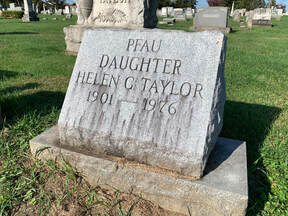 In looking through newspapers, I found that daughters Flora (Taylor) McMaster (1903-1981) and Lillian (Taylor) Anderson (1897-1987) would relocate to Baltimore, site also of their final resting places. Helen Taylor would marry Leslie Gaver (1901-1976) and then again to a gentleman named Harry C. Pfau of Baltimore. She is buried next to her parents and sister Ruth in the family lot on Area T. The last remaining child to speak of in that wonderful family photograph was Mike Schaden’s grandmother, Emma Taylor, who we discussed earlier as marrying into the Etchison family. I uncovered a great article from August, 1931 in which Emma and her father caught a record number of crabs at Severna Park’s Magothy Beach. Emma (Taylor) Etchison died in 1966 and is buried with husband Carol in Mount Olivet’s Area F. The lot has a commanding view east from atop “Cemetery Hill.” Mike told me that the Frederick Marble and Granite Works business lasted up until 1940, an almost 30 year-run. The business moved locations in 1937 from N. Market St. to a location east of town and the former marble works would become an auto supply store a few years later. Flora would pass in November, 1944 and was buried in Mount Olivet’s Area T/Lot 42. At this time, Howard decided to give up housekeeping and sold his home and many accoutrements. He would take up his final residence at 122 Pine avenue in a duplex, not all too far from his longtime home in the north part of the city. Howard would marry again, a widow named Erma Ruth (Orme) Schaeffer (1893-2007). He stayed active as a proud grandparent, and also kept involved in Frederick civic life until his death on February 7th, 1961. He would be buried in Mount Olivet two days later in the shadow of his large family gravestone, made by his own two hands. Over sixty years after his death, Howard would be delighted to see his grandson (and wife Sheila) as part of the Friends of Mount Olivet membership group. Throughout spring, summer and fall, you can find them not only cleaning the gravestones that Howard G. Taylor sculpted, but also those of his competitors, and stone-cutters that honed their skill before and after the gentleman who would conduct business at 818 N. Market Street in the early 20th century.
|
STORIES
|
Archives
July 2024
June 2024
May 2024
April 2024
March 2024
February 2024
January 2024
December 2023
November 2023
September 2023
August 2023
July 2023
June 2023
May 2023
April 2023
March 2023
February 2023
January 2023
December 2022
November 2022
October 2022
September 2022
August 2022
July 2022
June 2022
May 2022
April 2022
March 2022
February 2022
January 2022
December 2021
November 2021
October 2021
September 2021
August 2021
July 2021
June 2021
May 2021
April 2021
March 2021
February 2021
January 2021
December 2020
November 2020
October 2020
September 2020
August 2020
July 2020
June 2020
May 2020
April 2020
March 2020
February 2020
January 2020
December 2019
November 2019
October 2019
September 2019
August 2019
July 2019
June 2019
May 2019
April 2019
March 2019
February 2019
January 2019
December 2018
November 2018
October 2018
September 2018
August 2018
July 2018
June 2018
May 2018
April 2018
March 2018
February 2018
January 2018
December 2017
November 2017
October 2017
September 2017
August 2017
July 2017
June 2017
May 2017
April 2017
March 2017
February 2017
January 2017
December 2016
November 2016











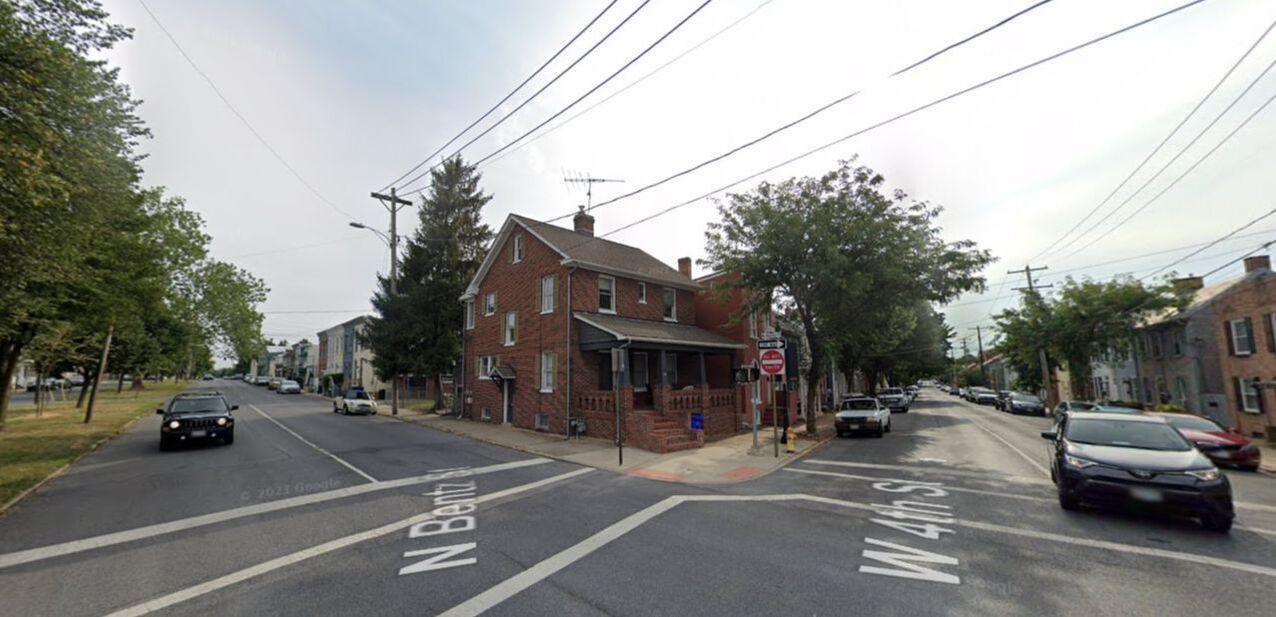






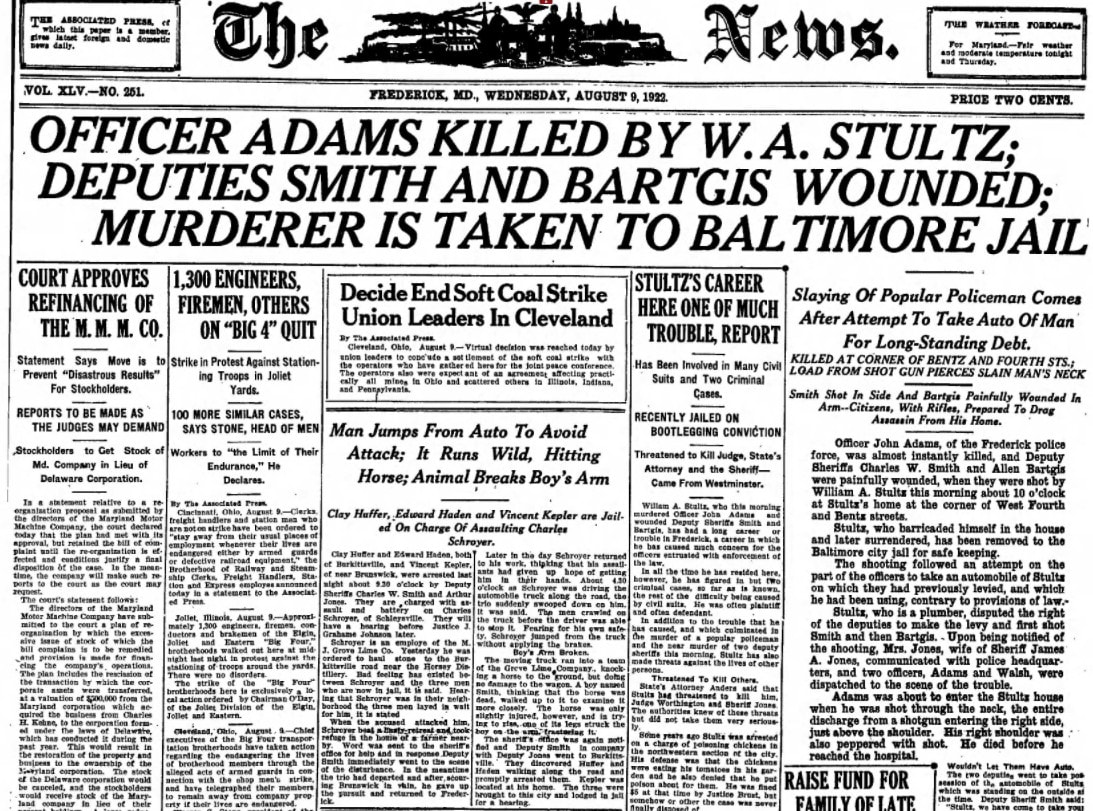







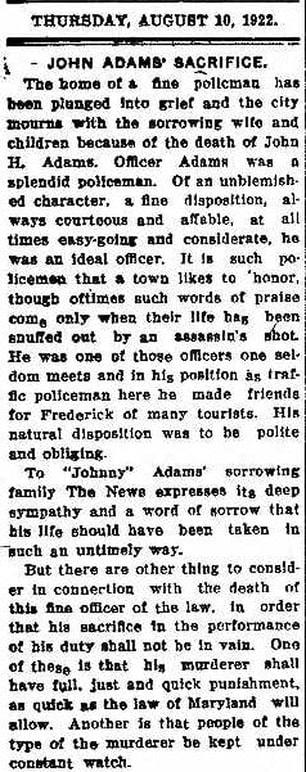















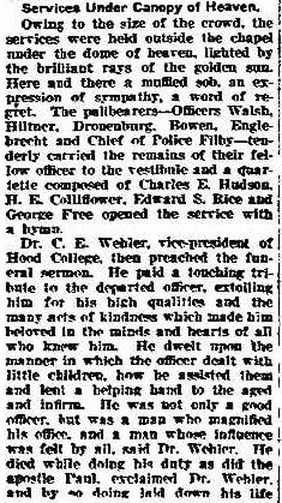
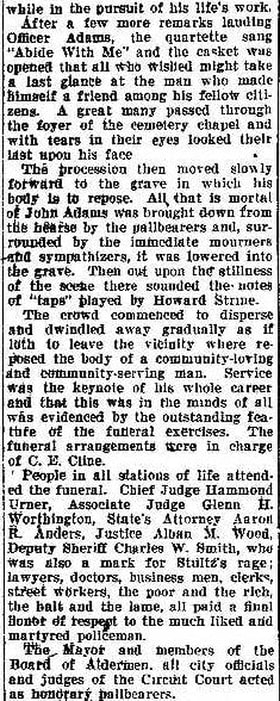
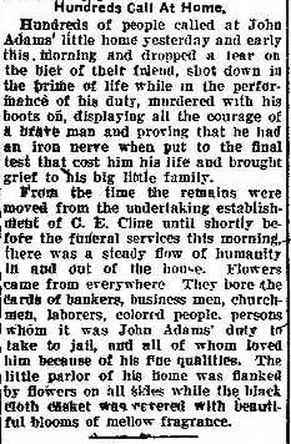
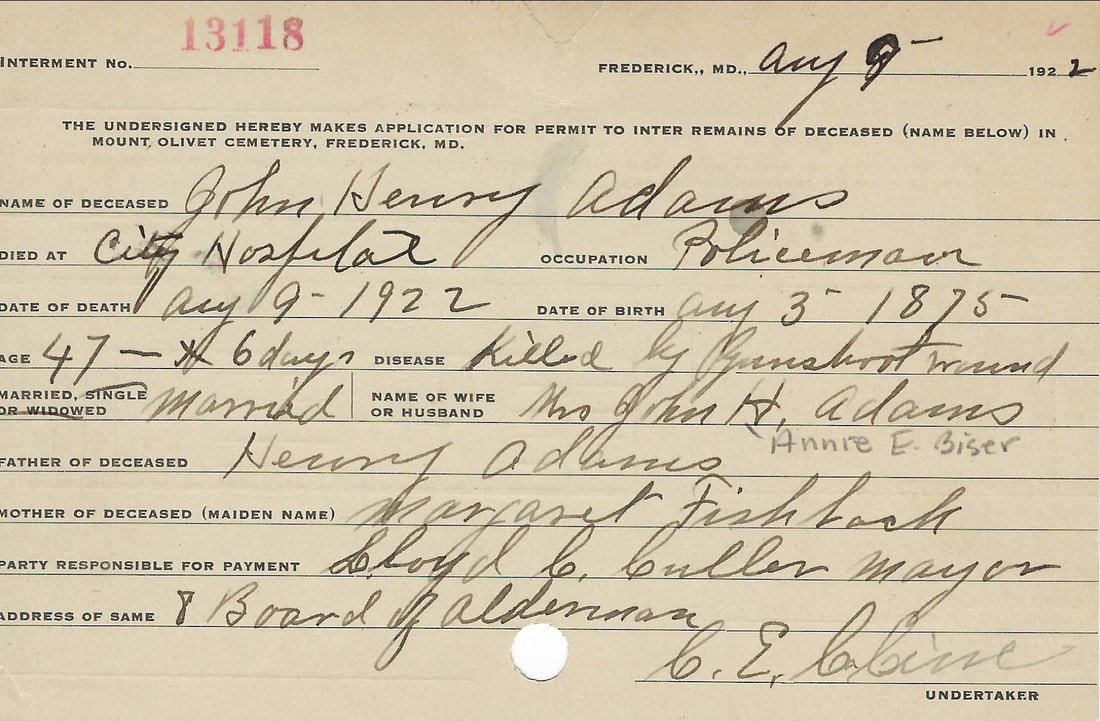




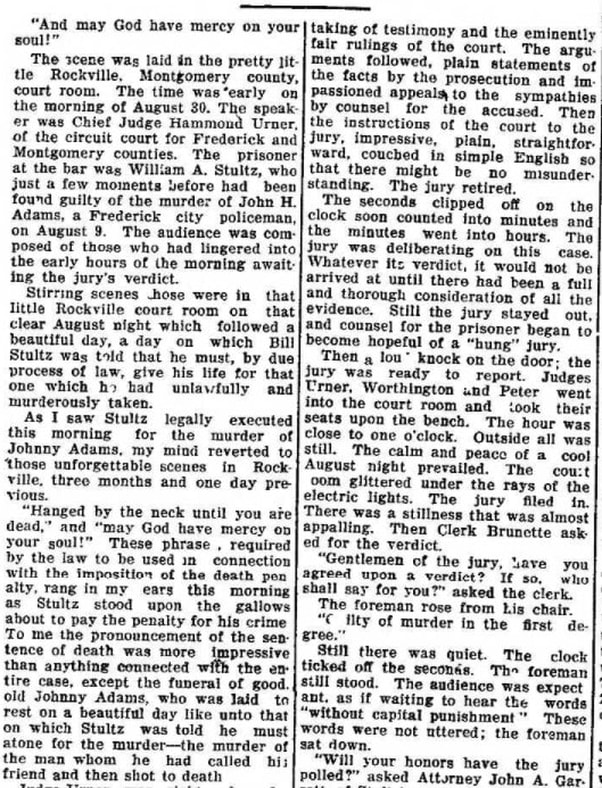




















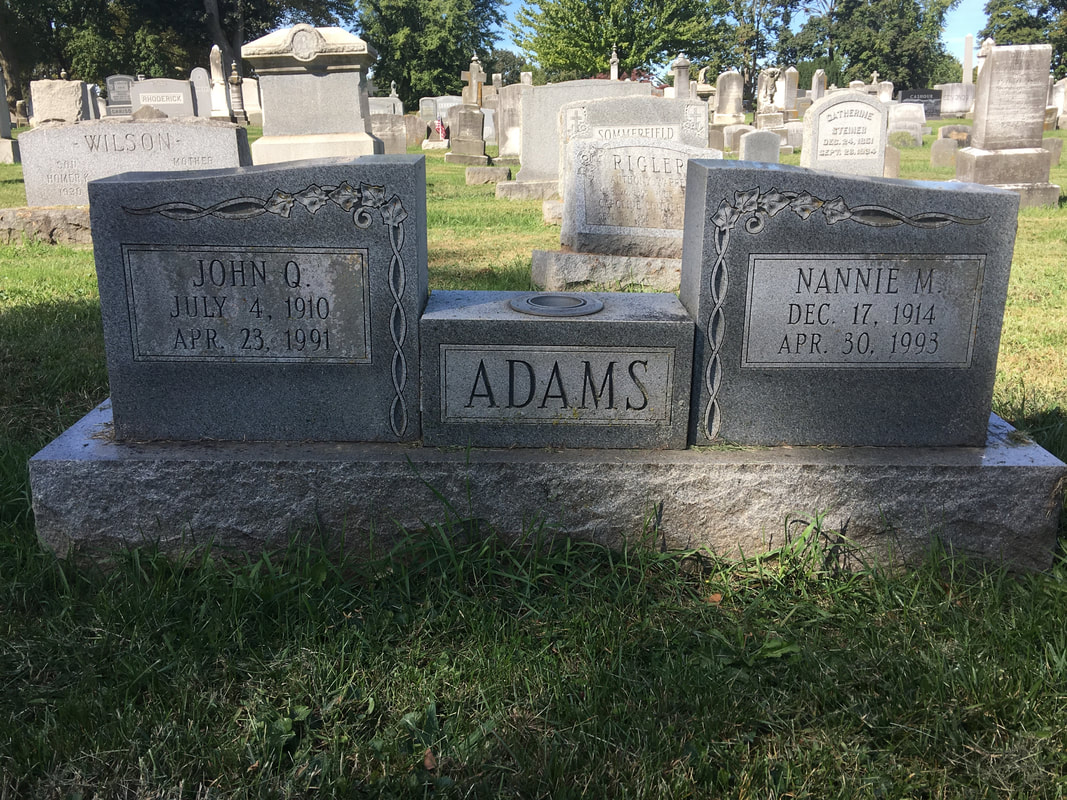














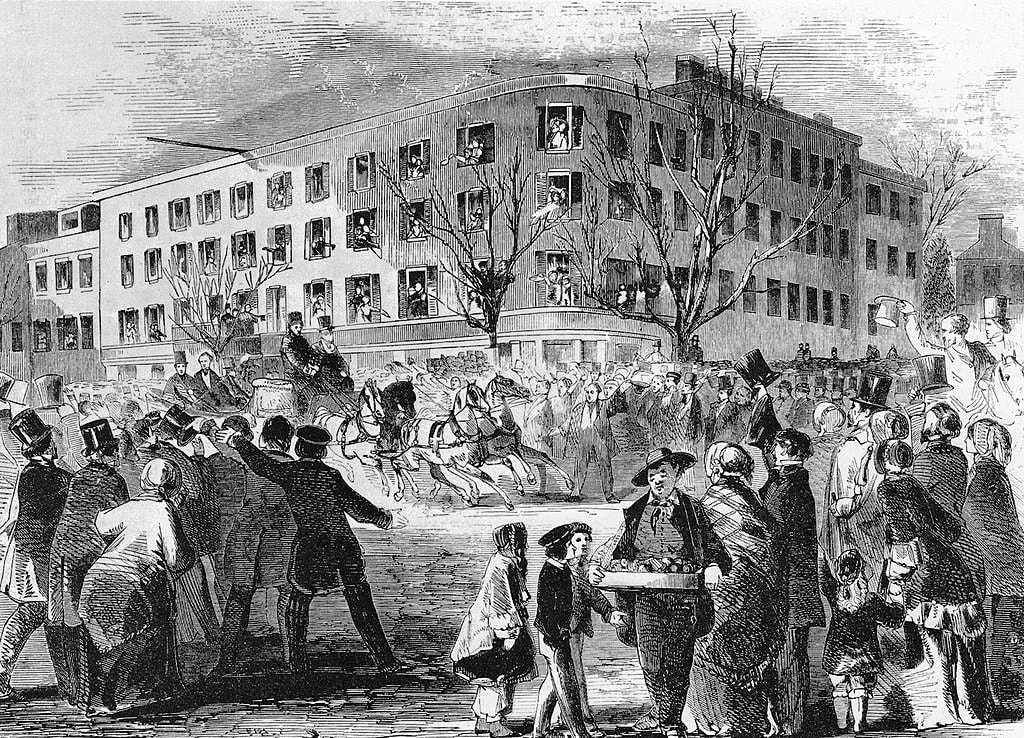


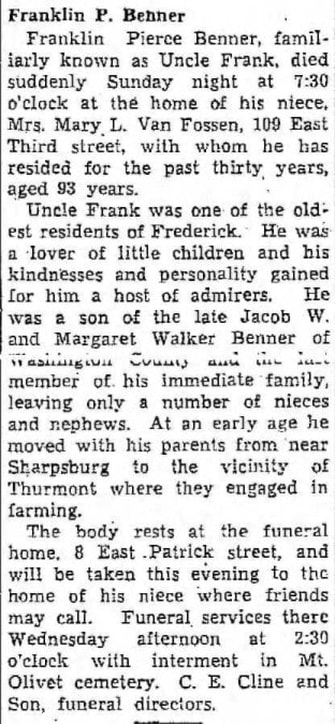
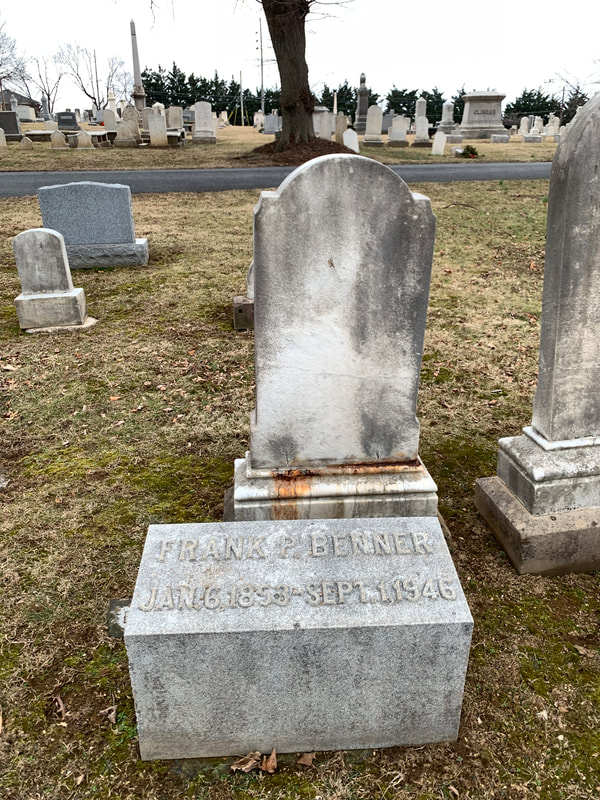

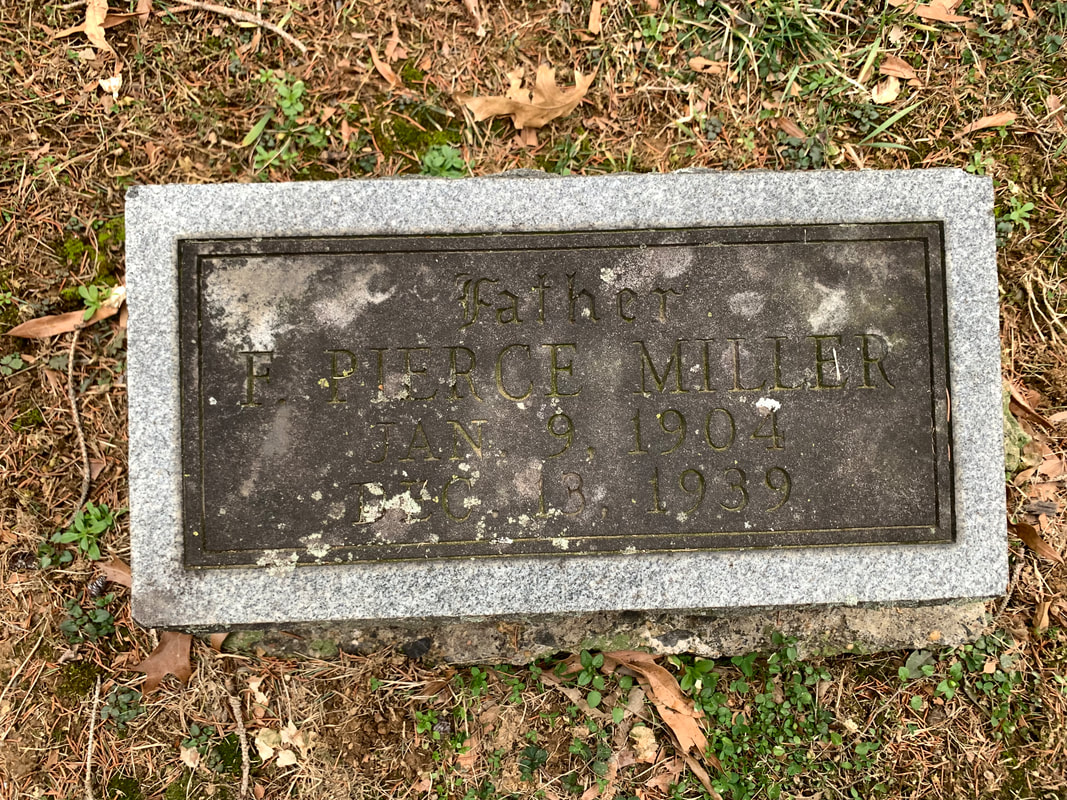
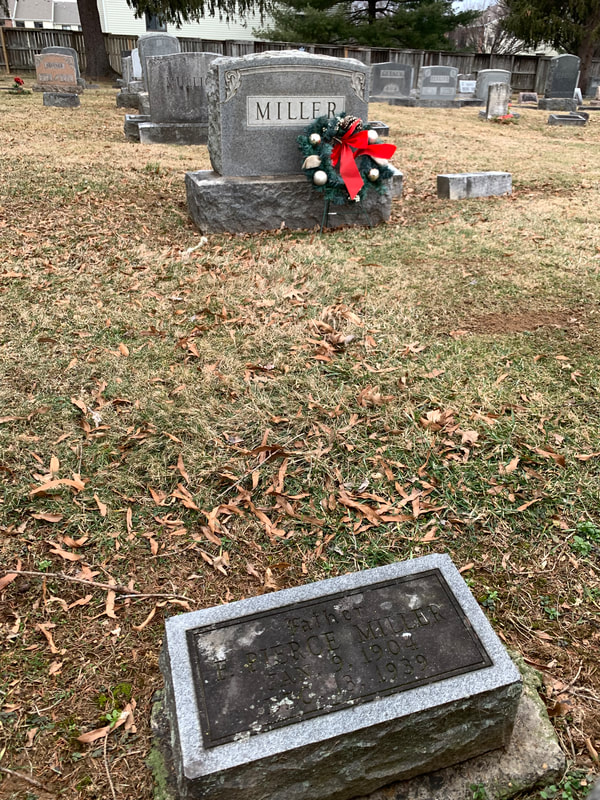







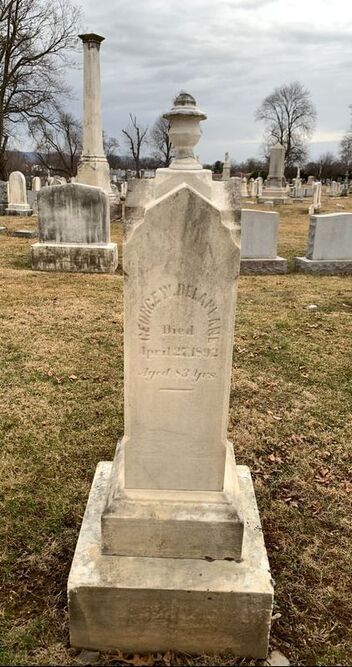




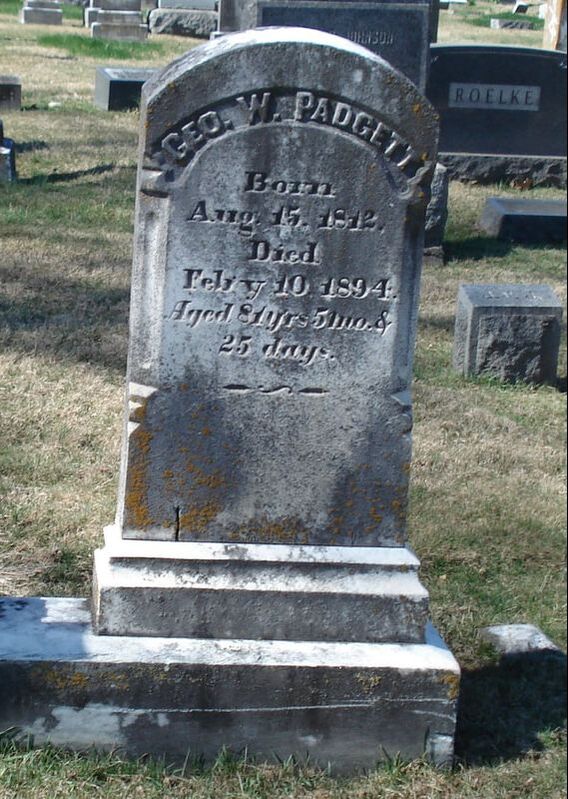

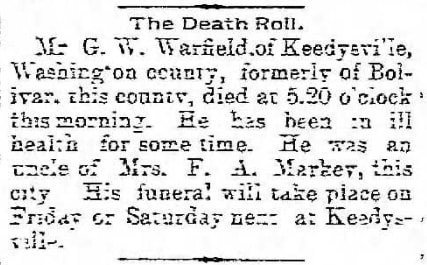











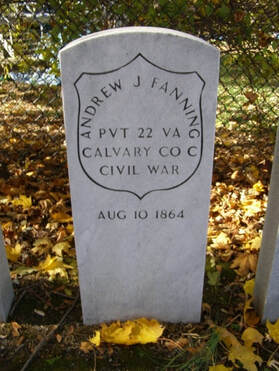










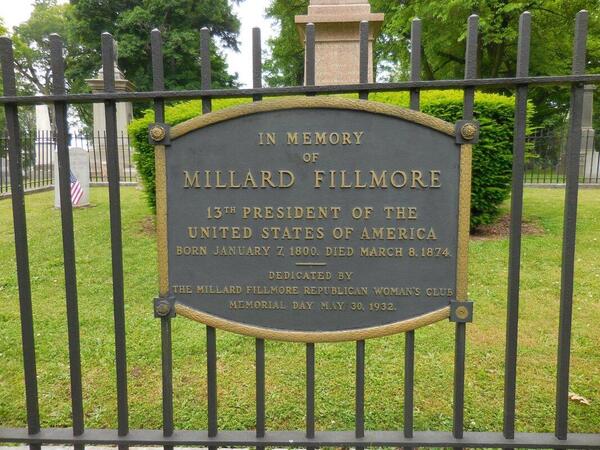
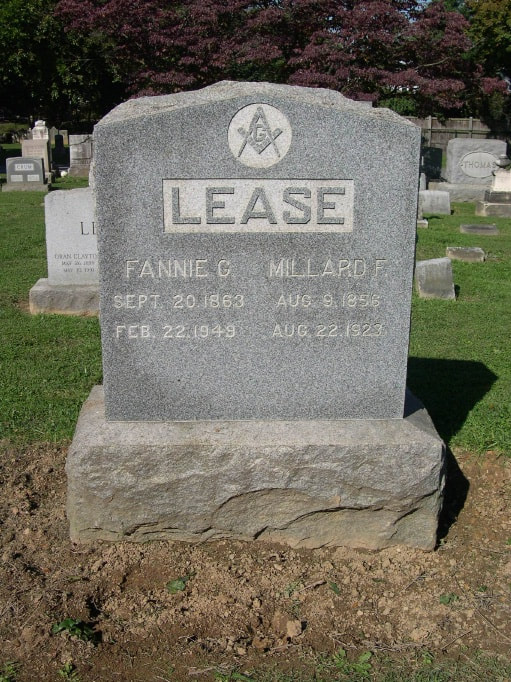






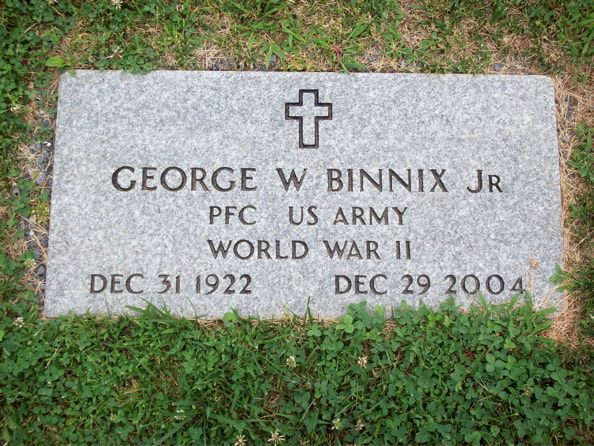
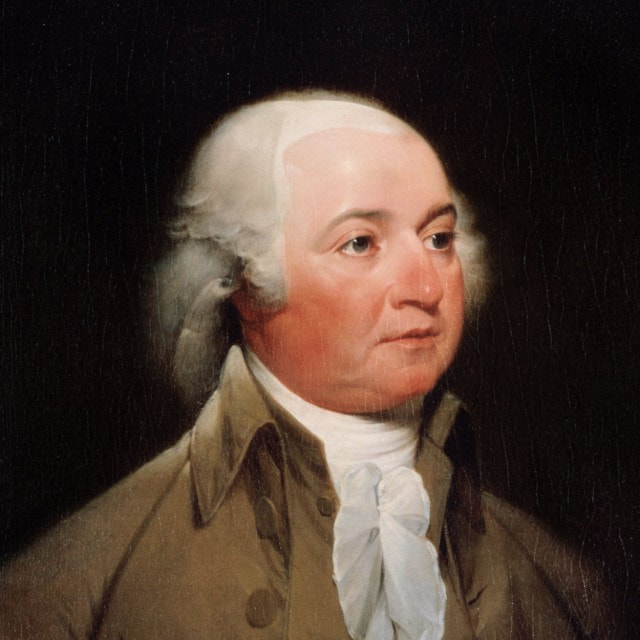







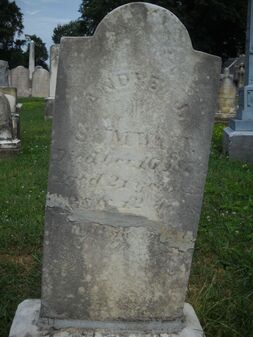



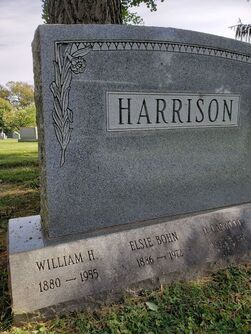


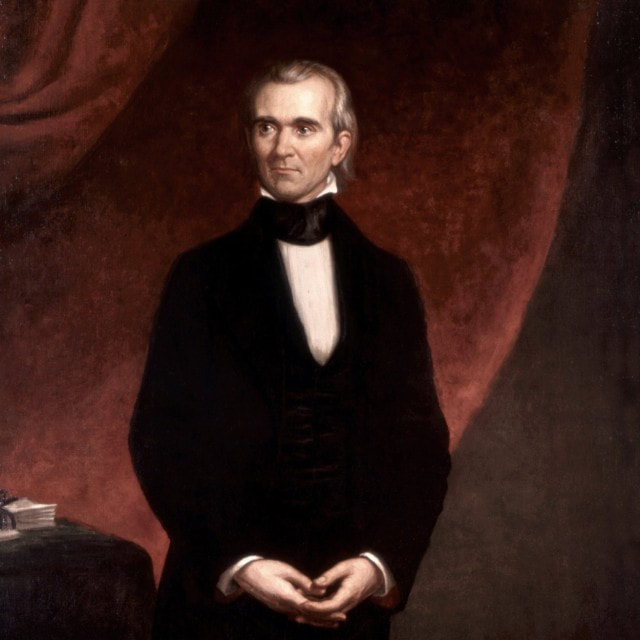





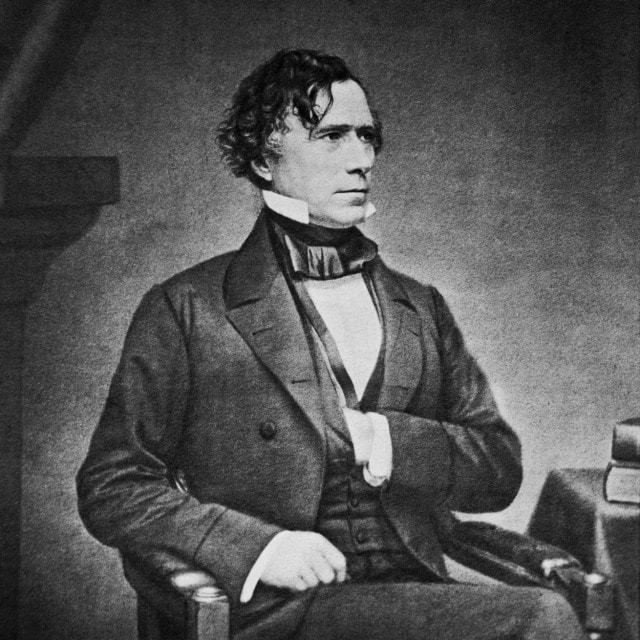








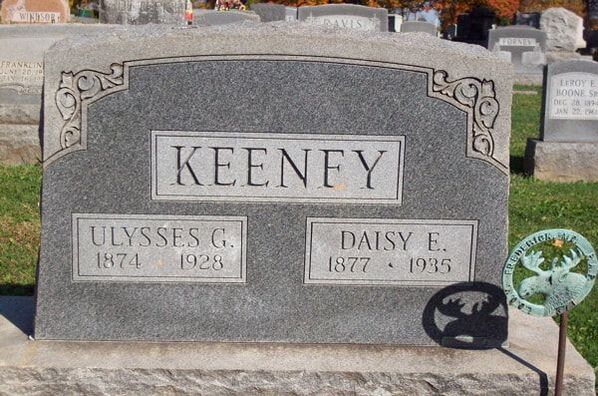



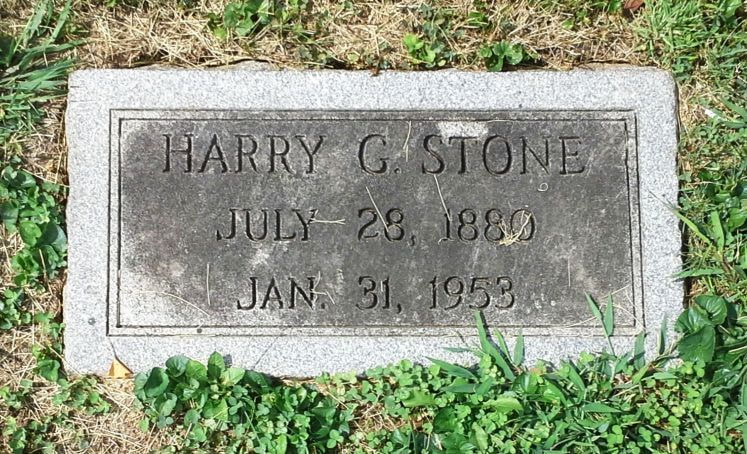


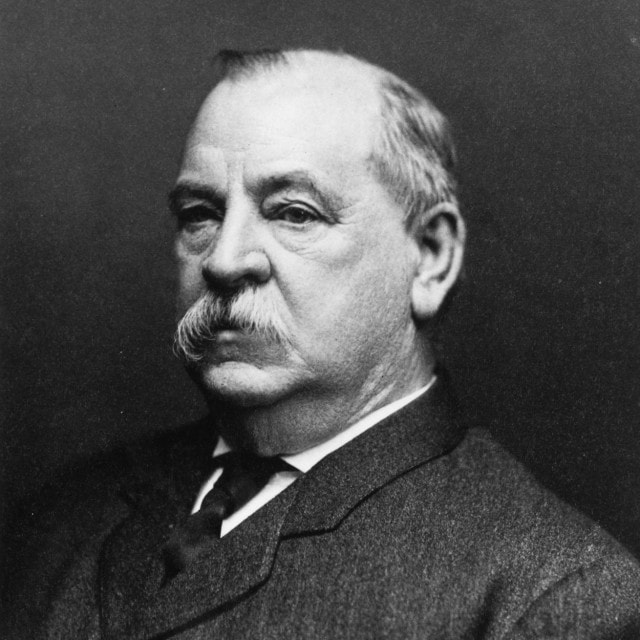







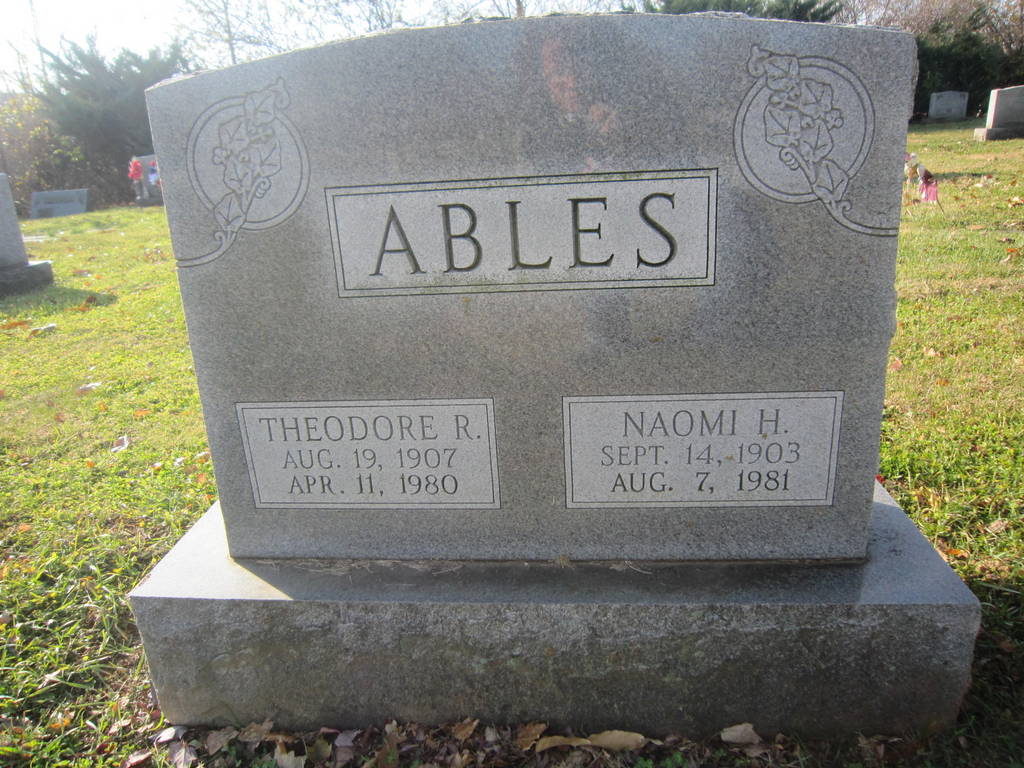





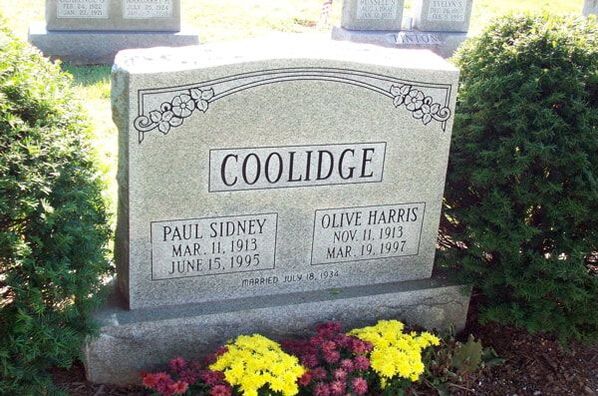






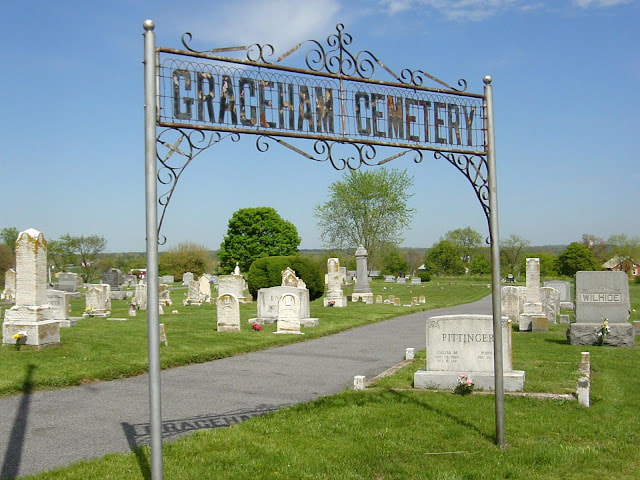
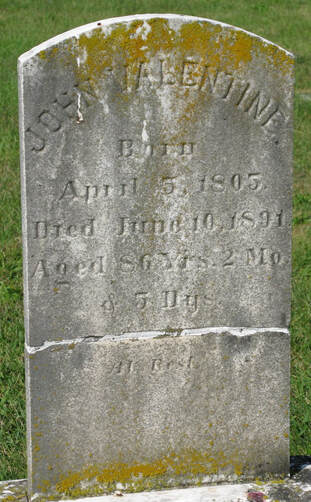


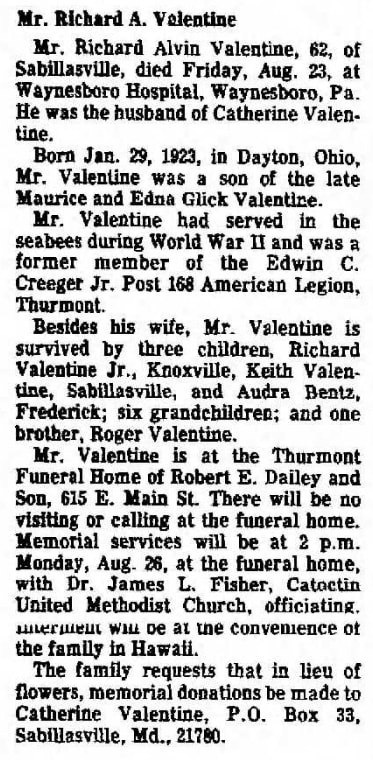


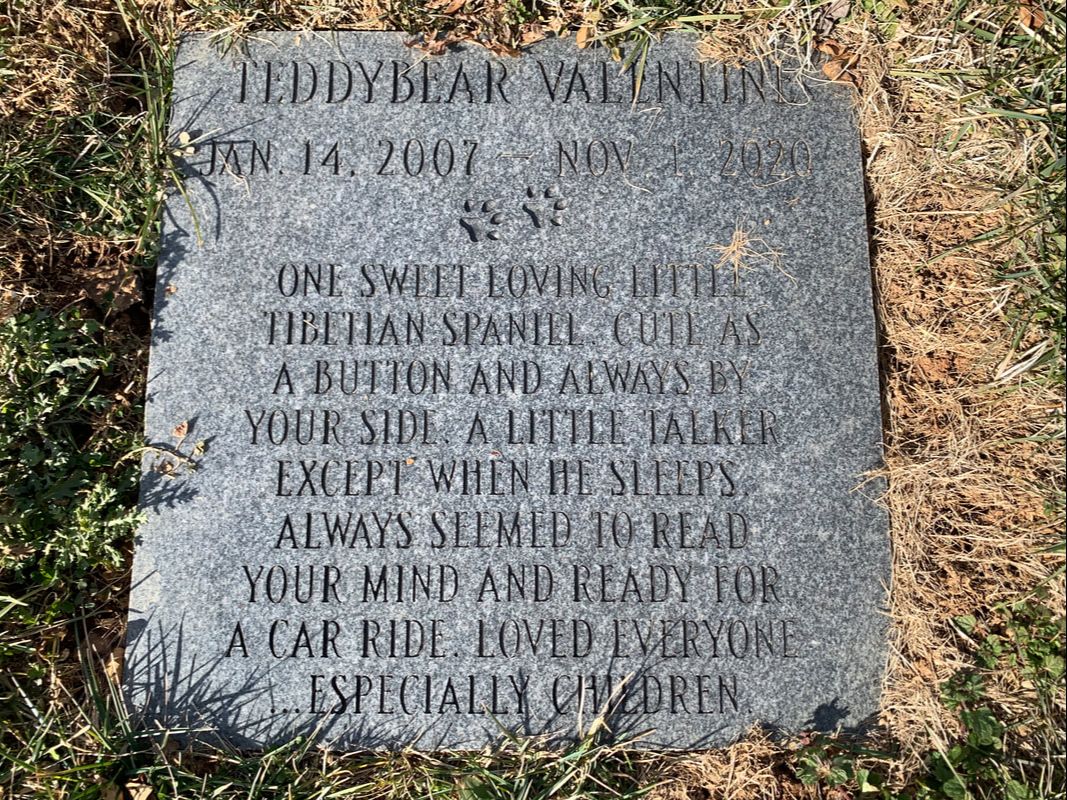
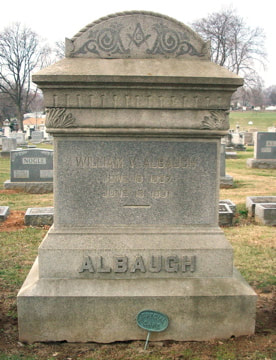

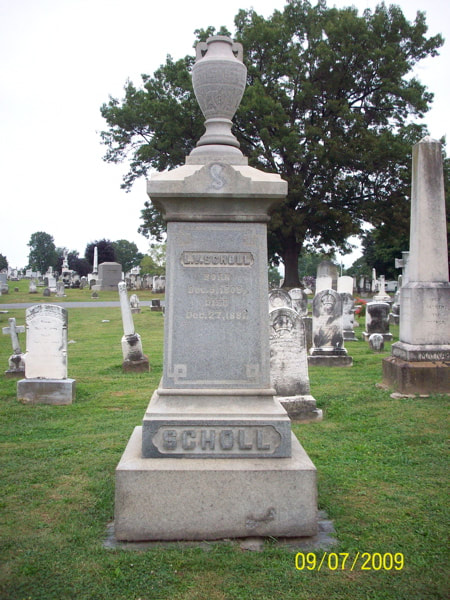



















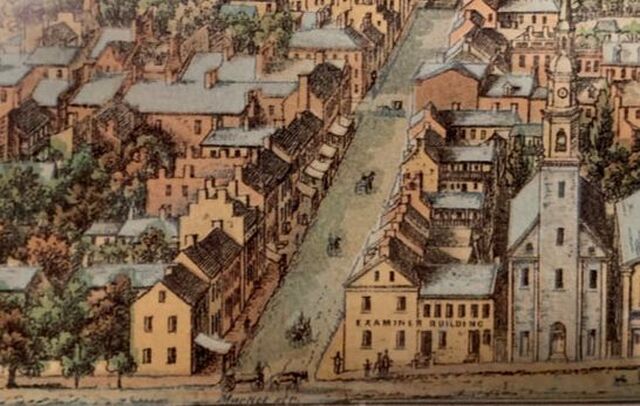
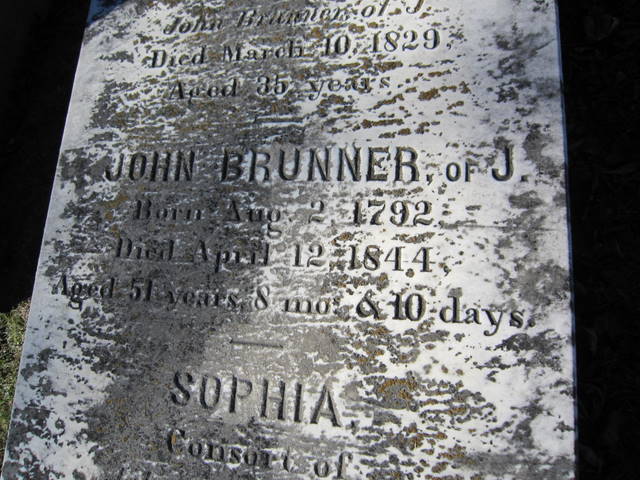




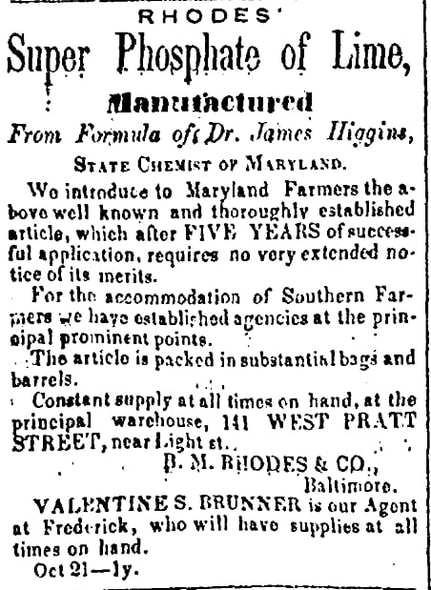









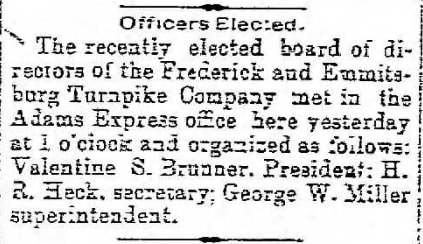
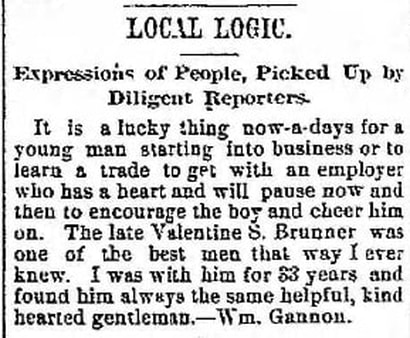
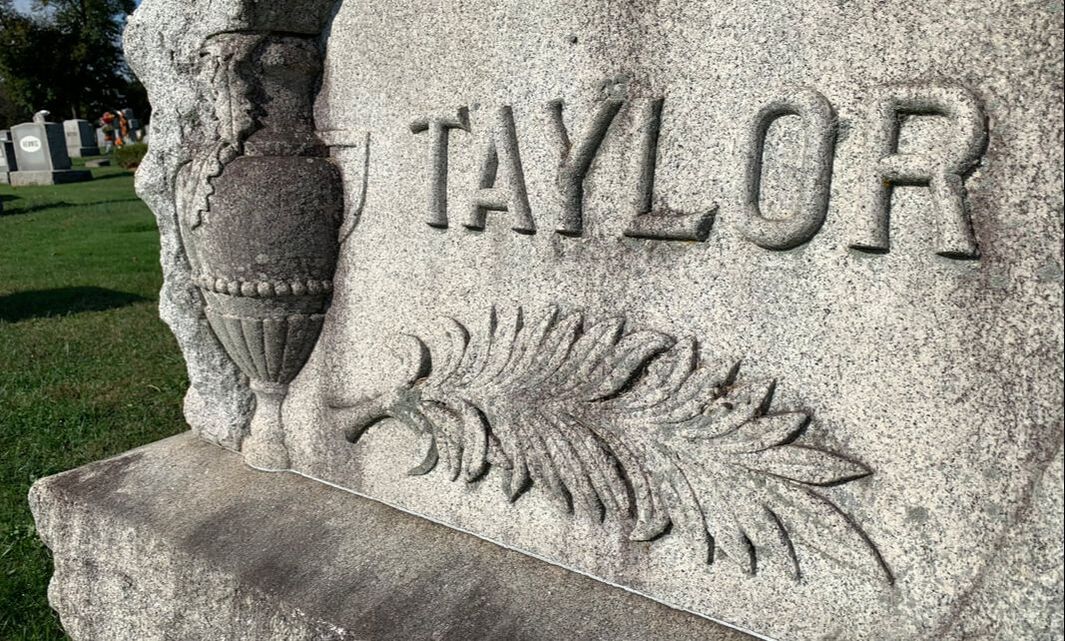










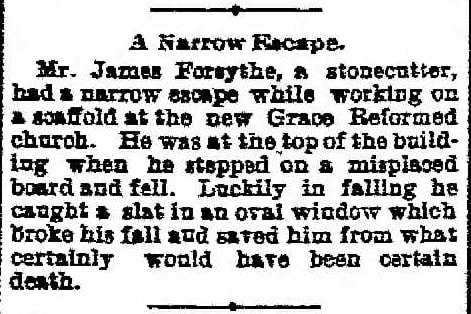



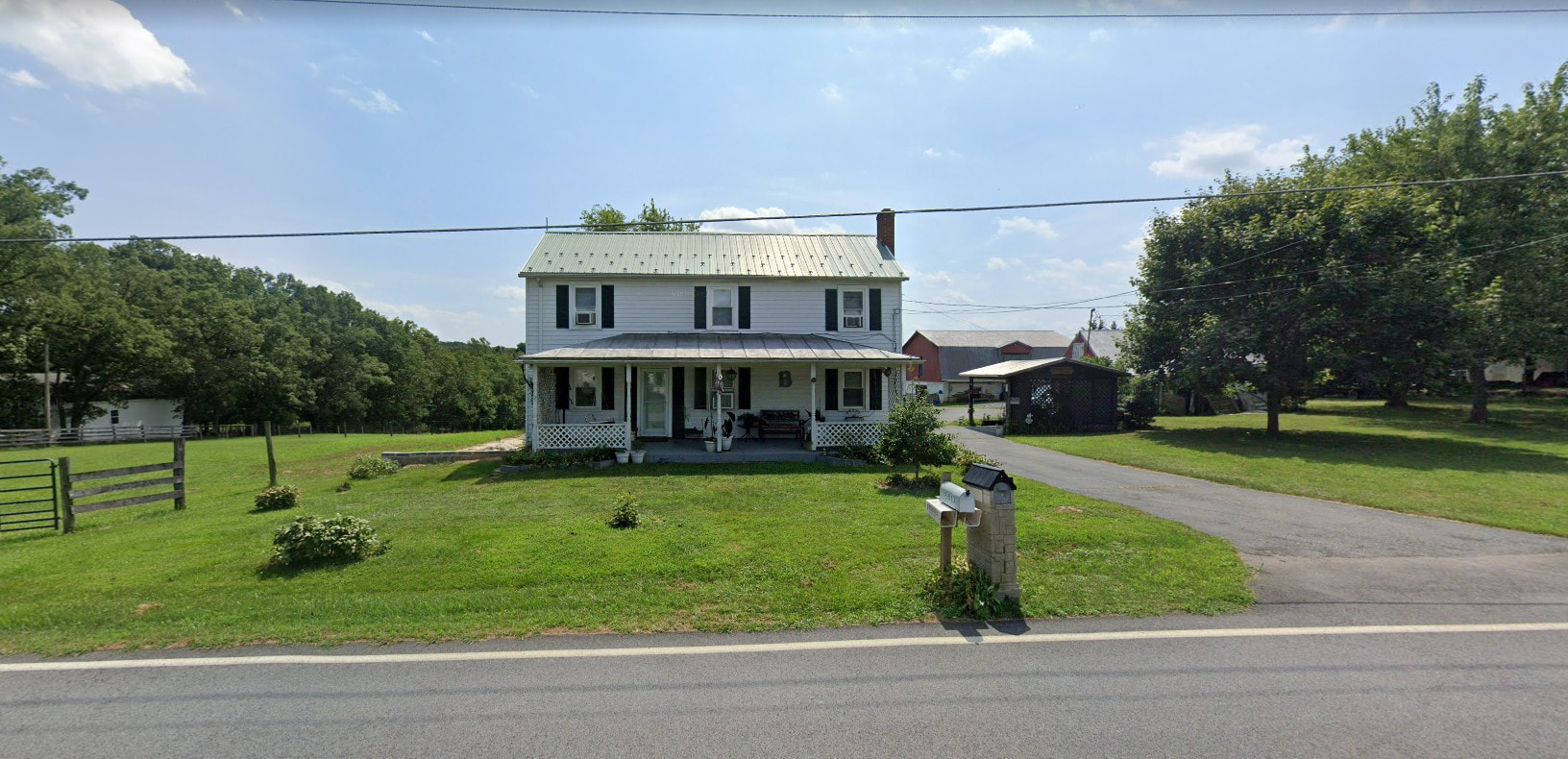









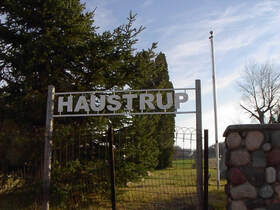
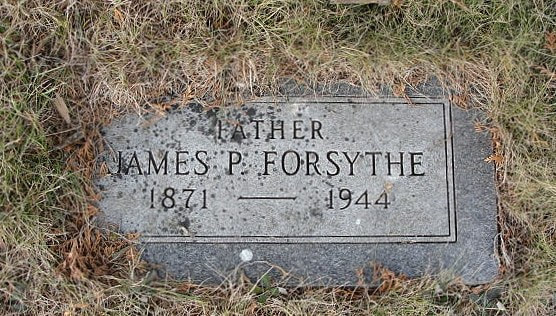


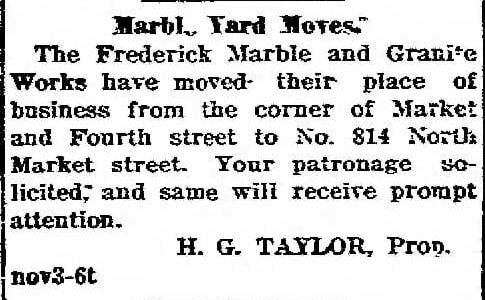
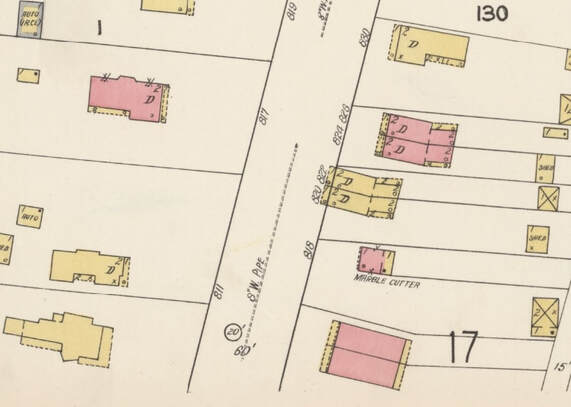















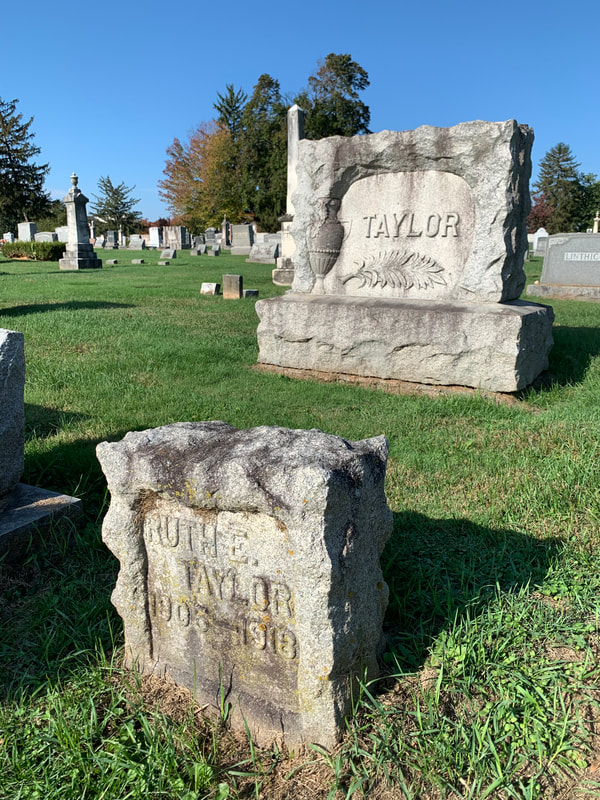












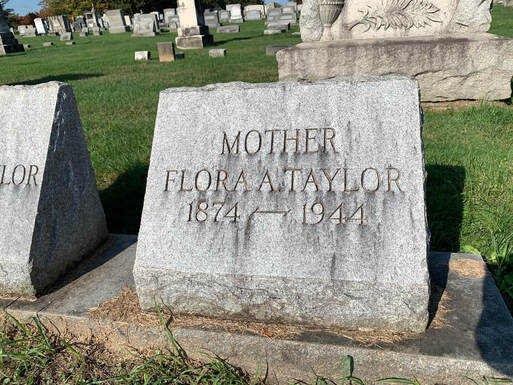









 RSS Feed
RSS Feed